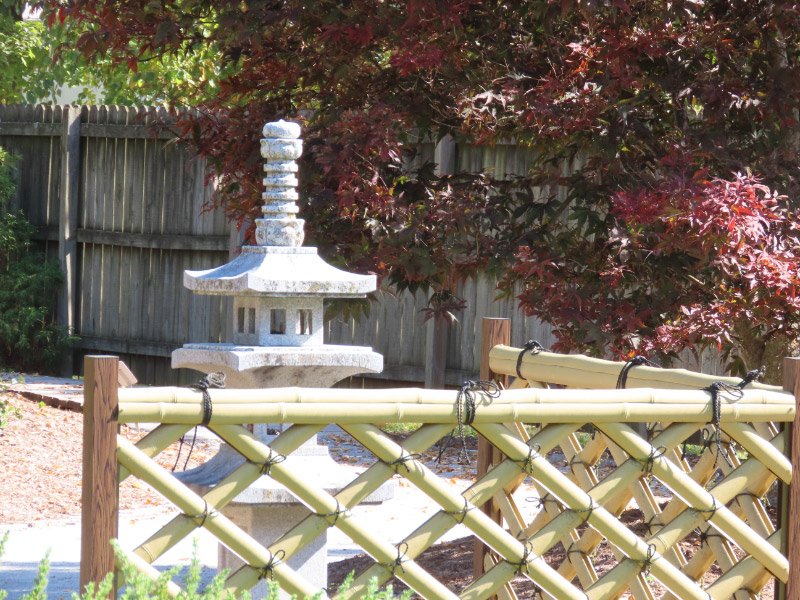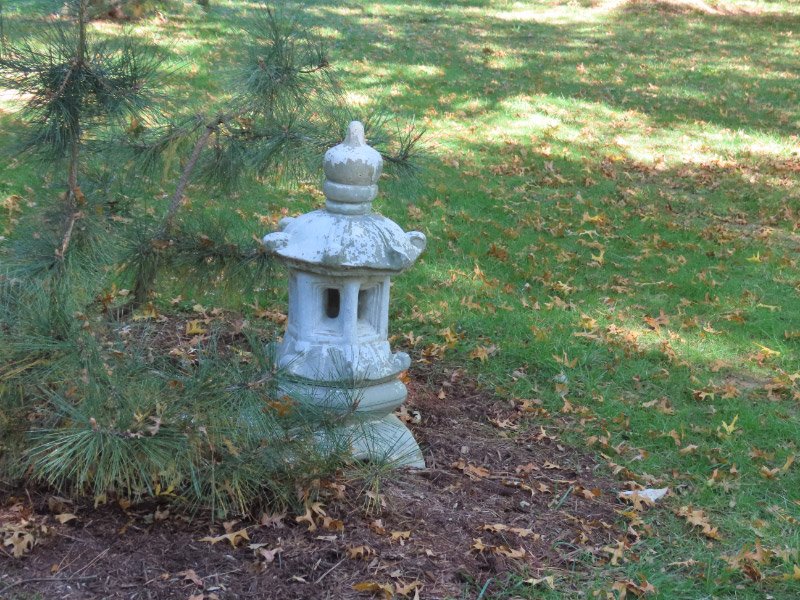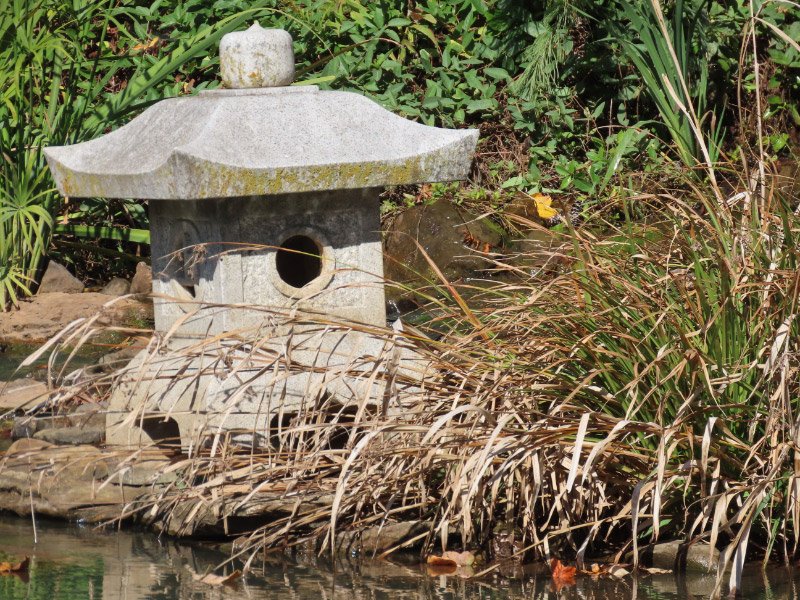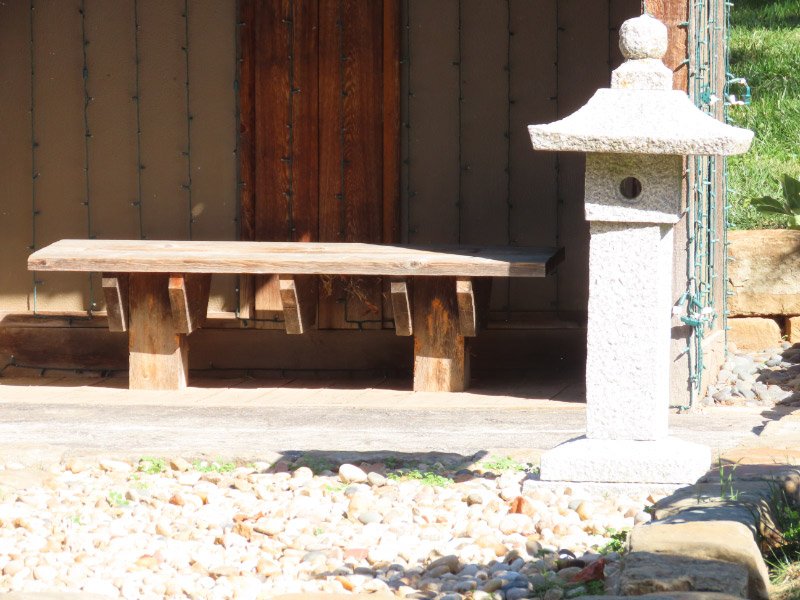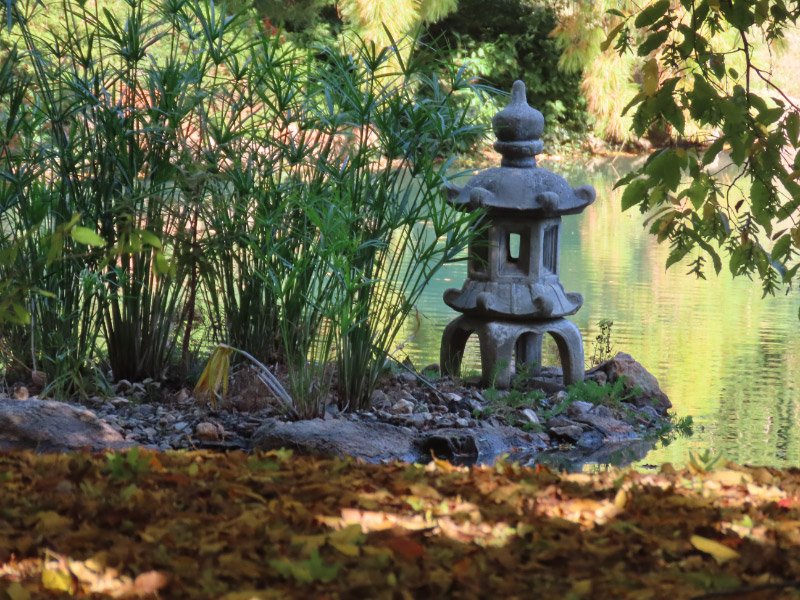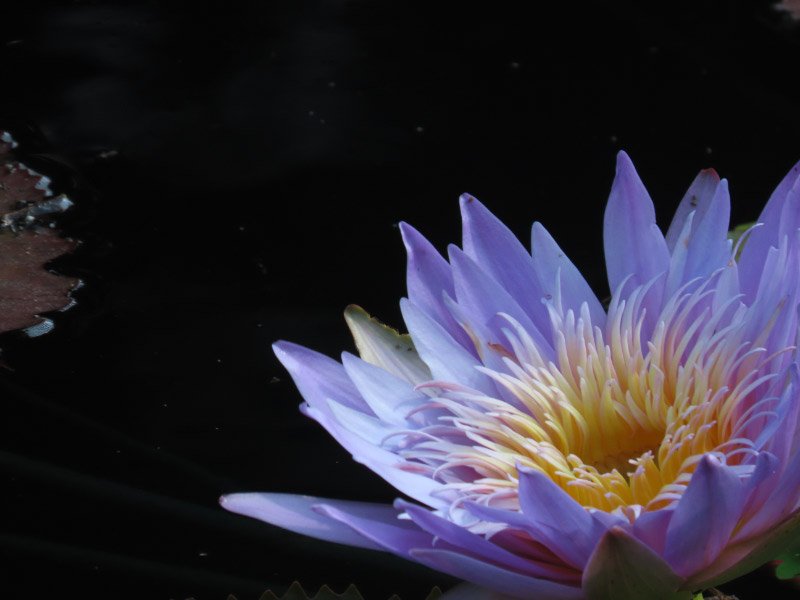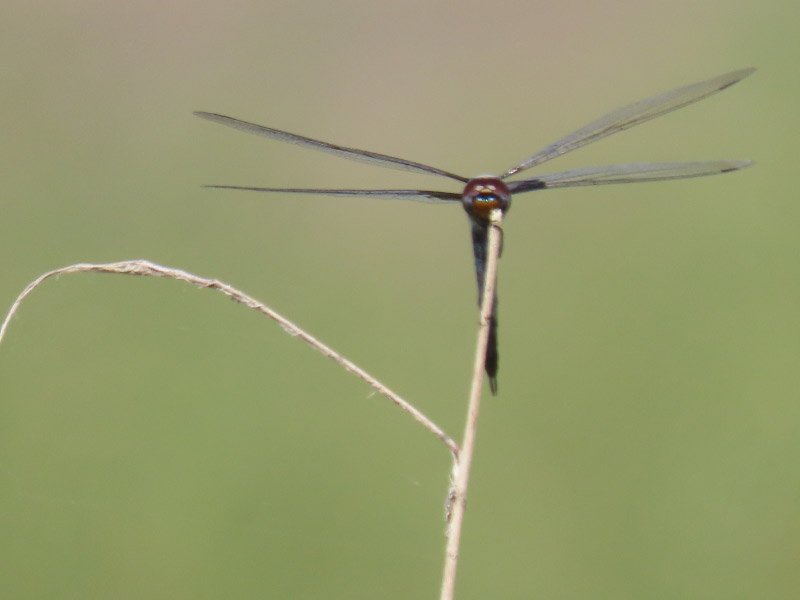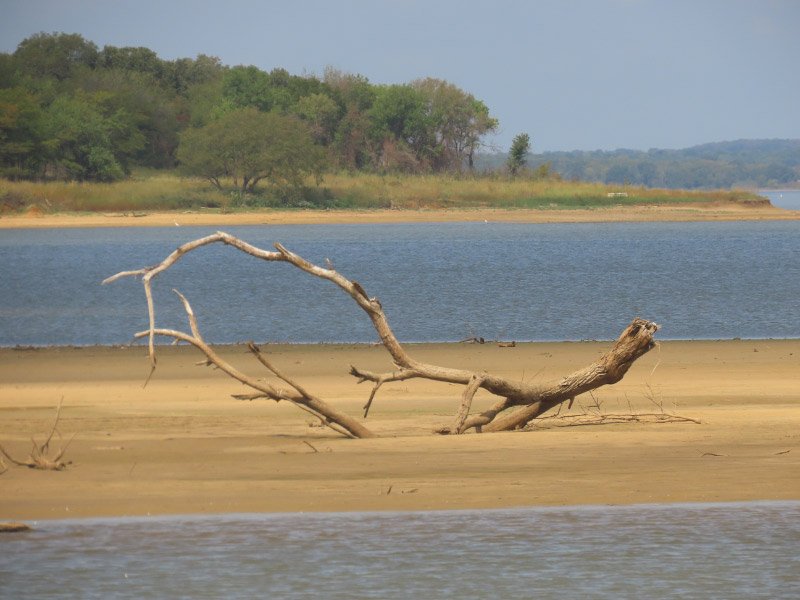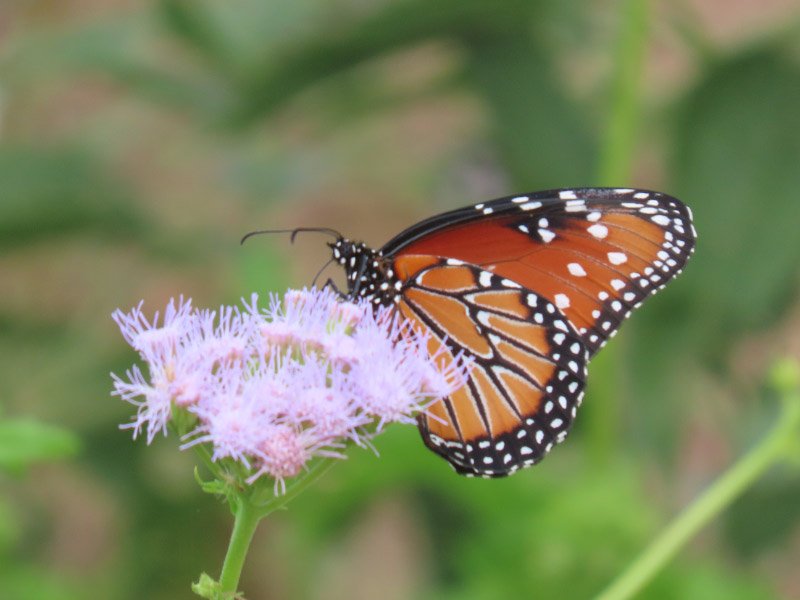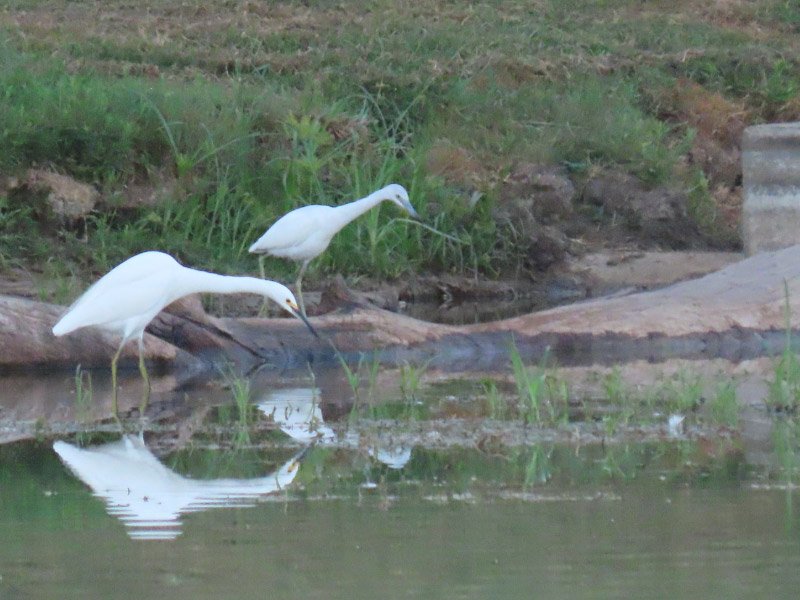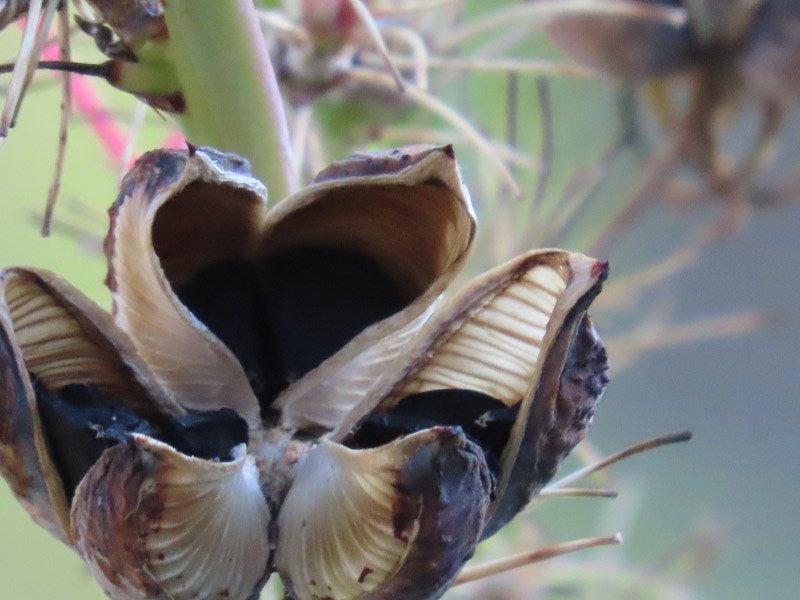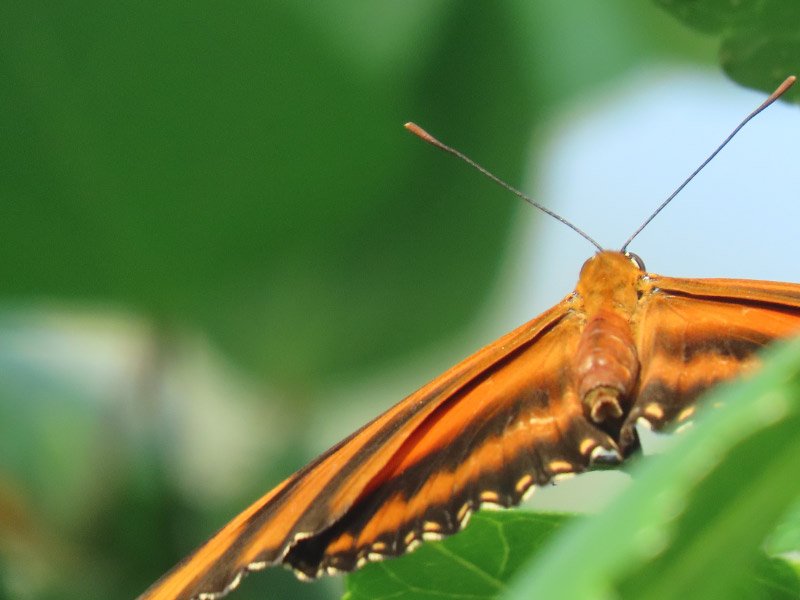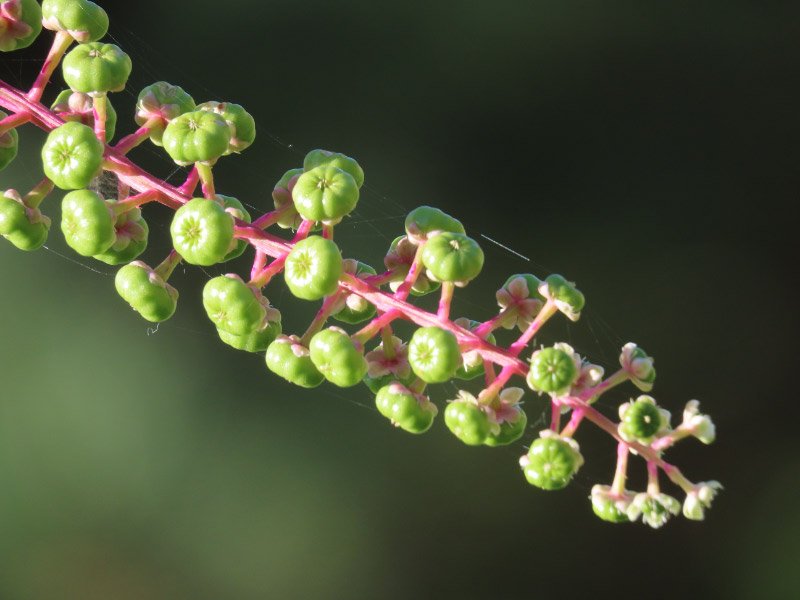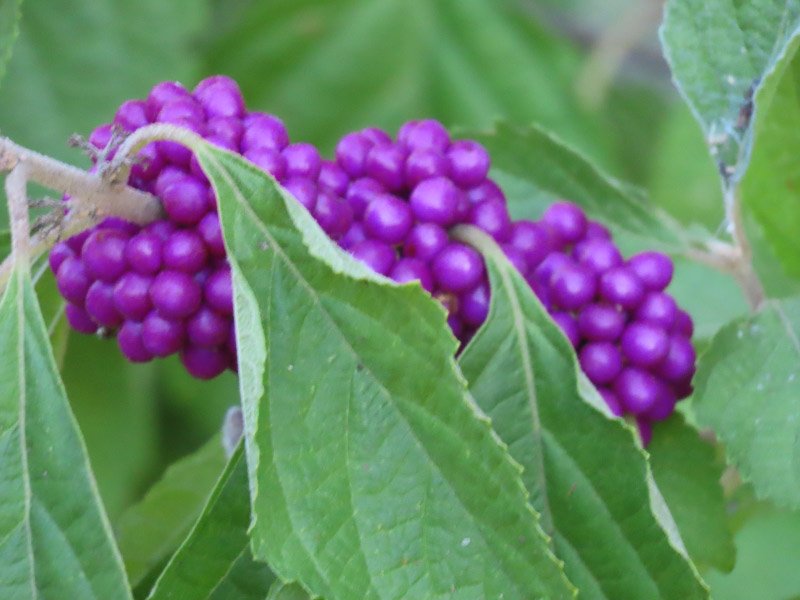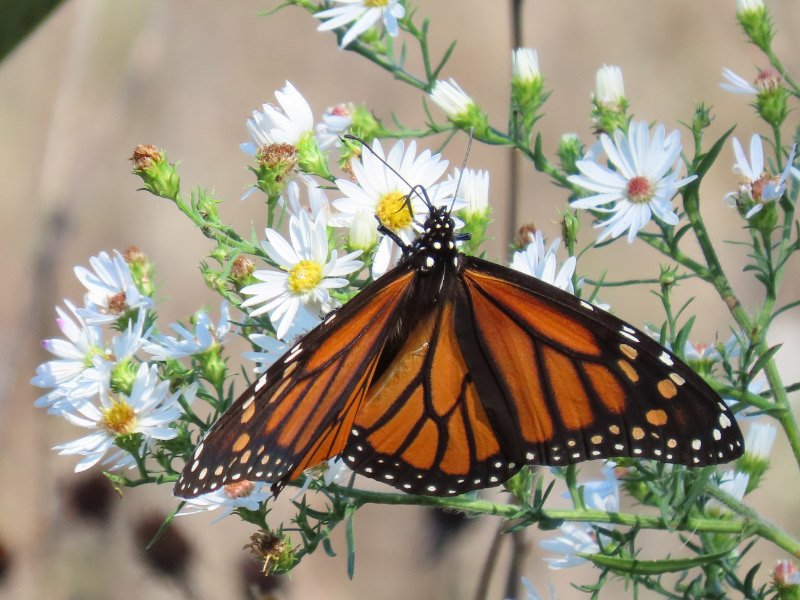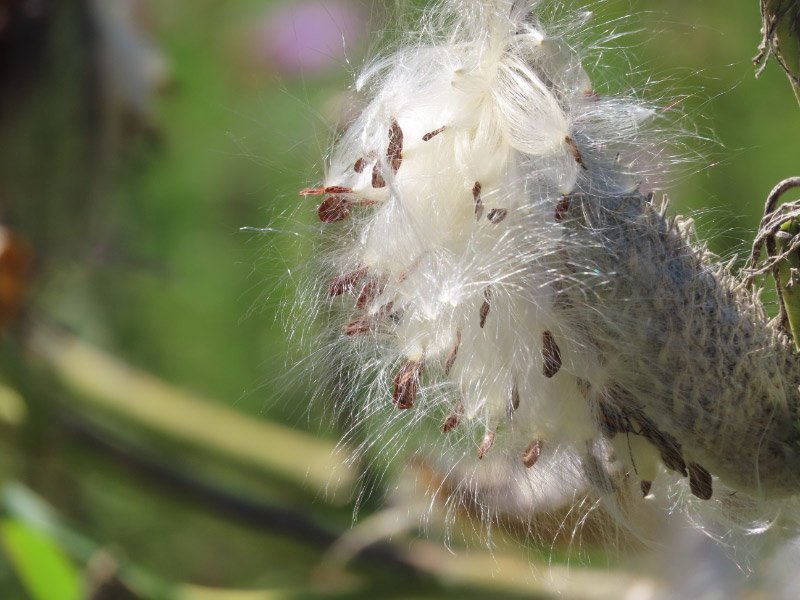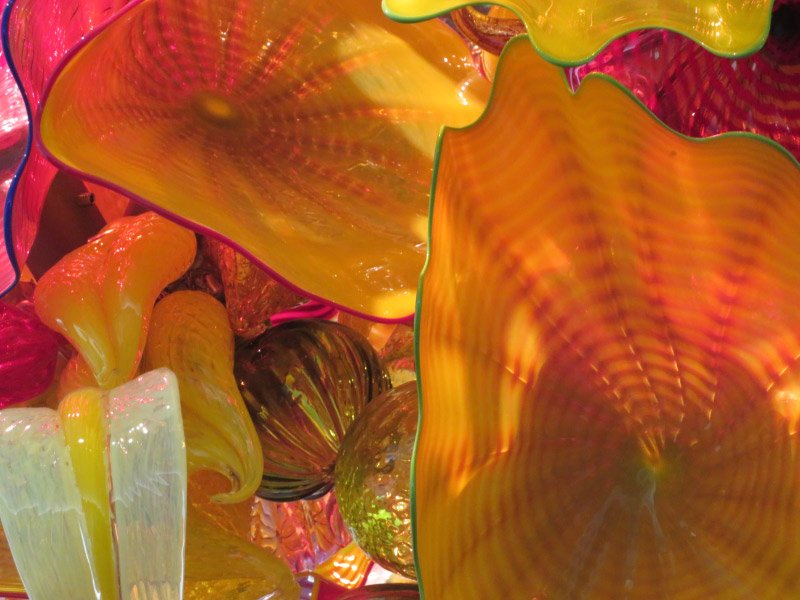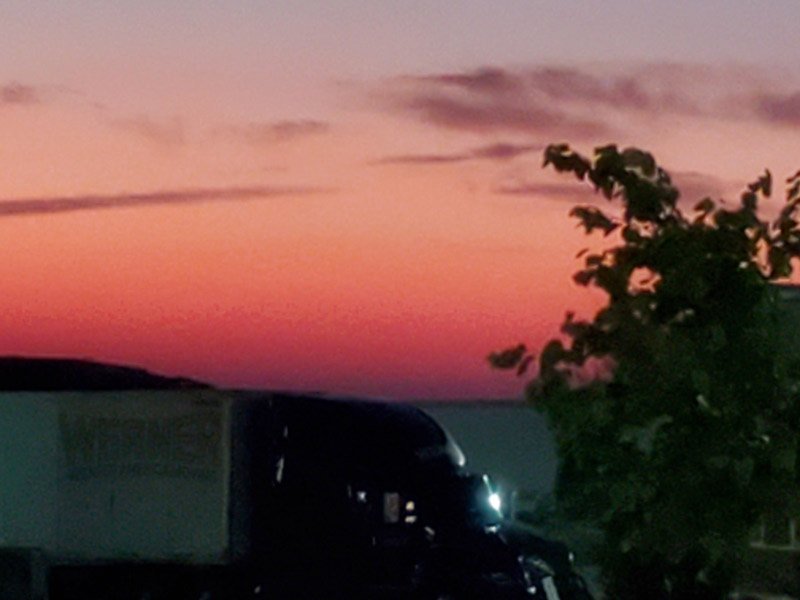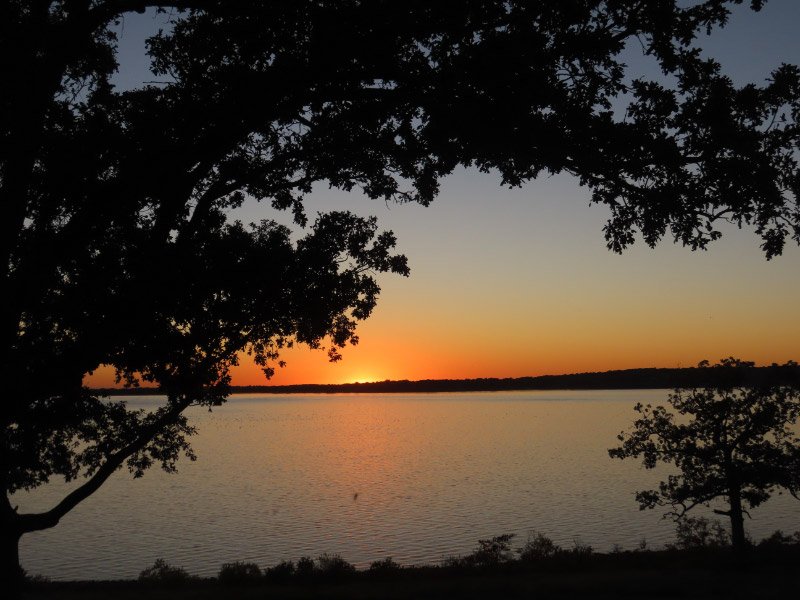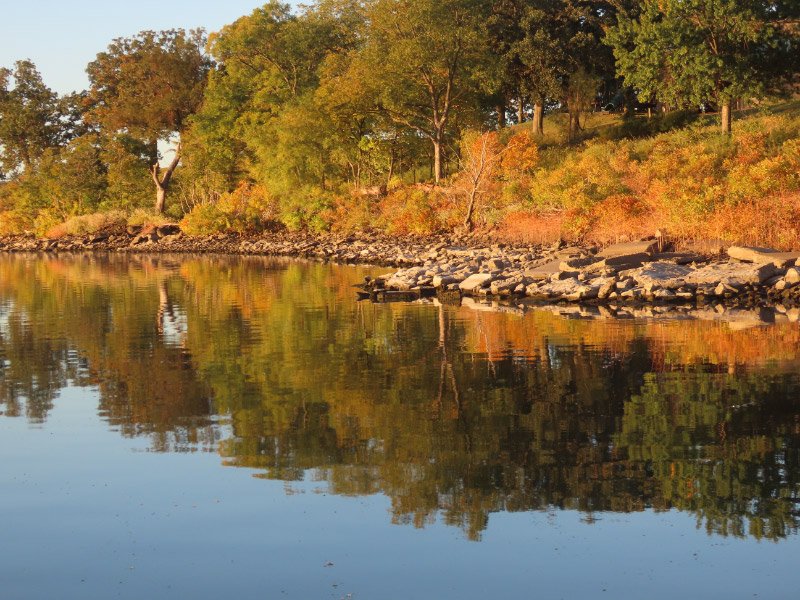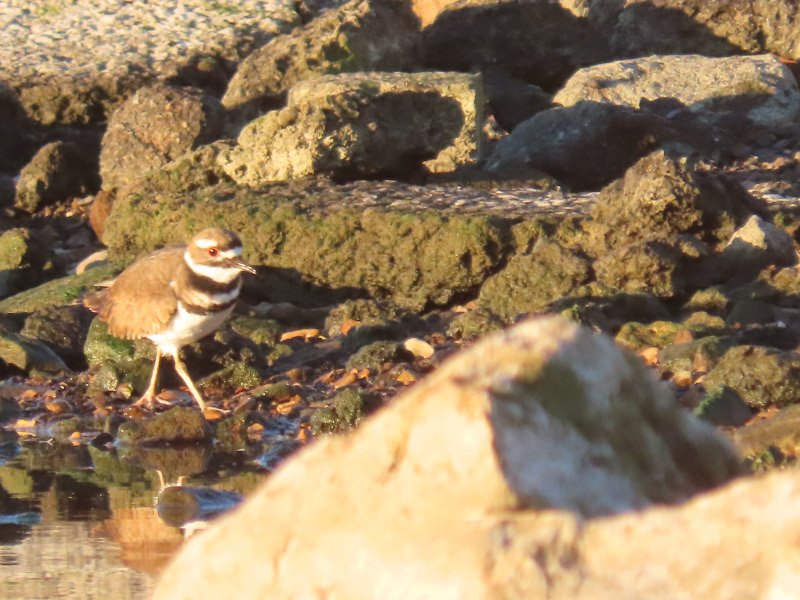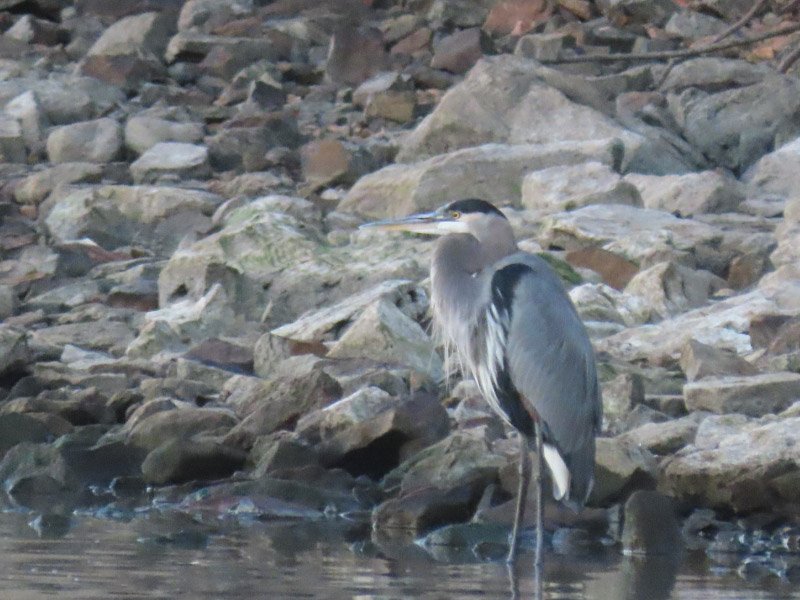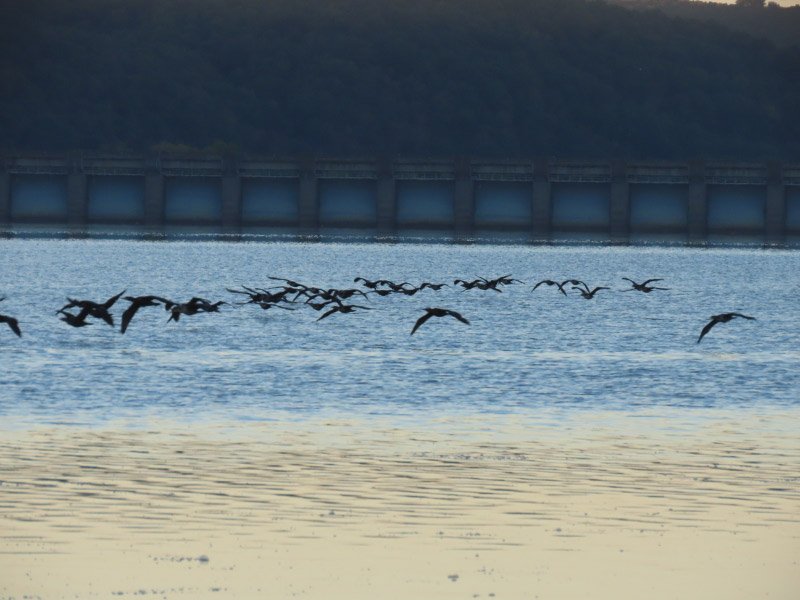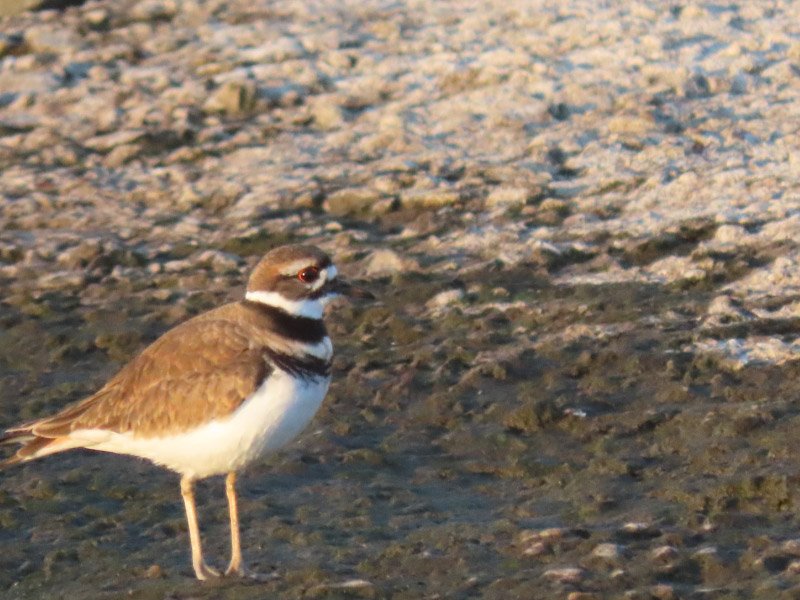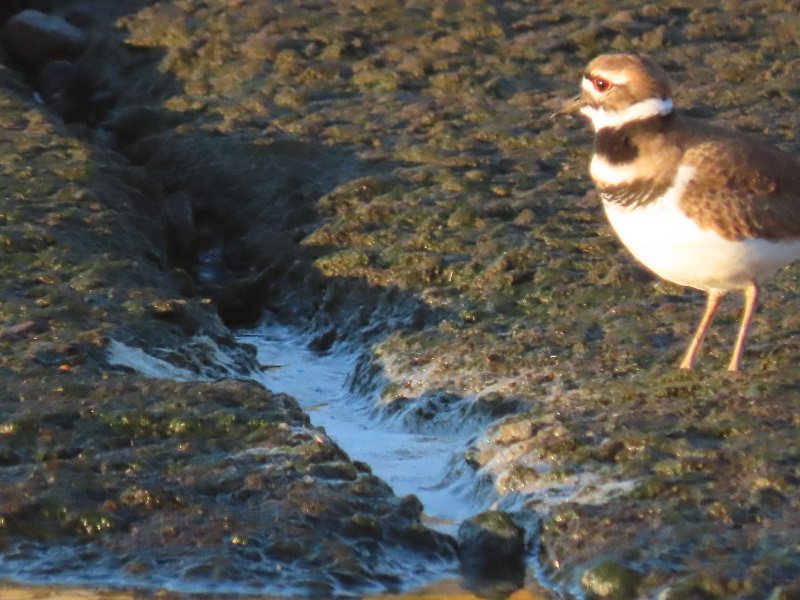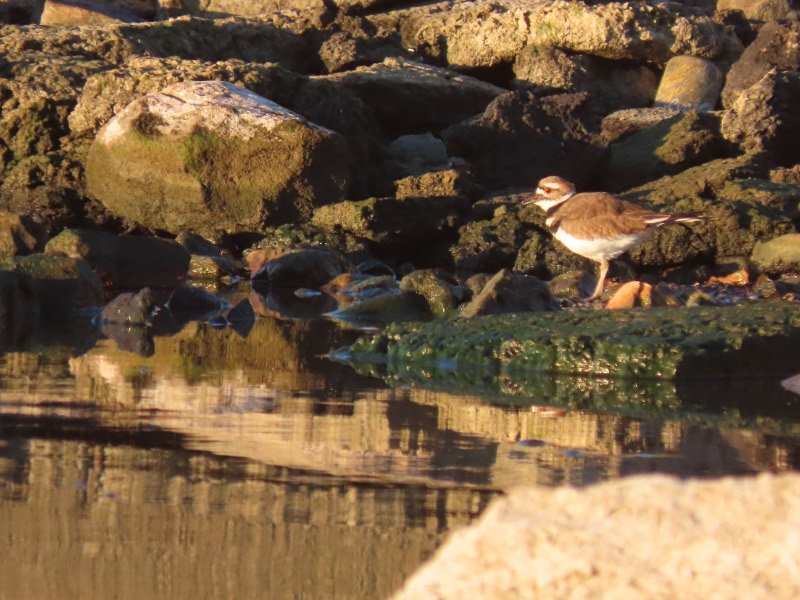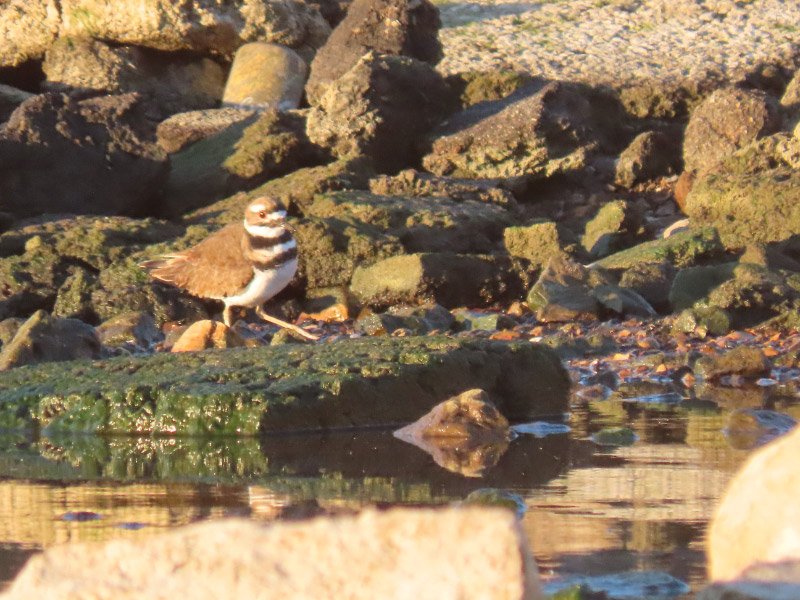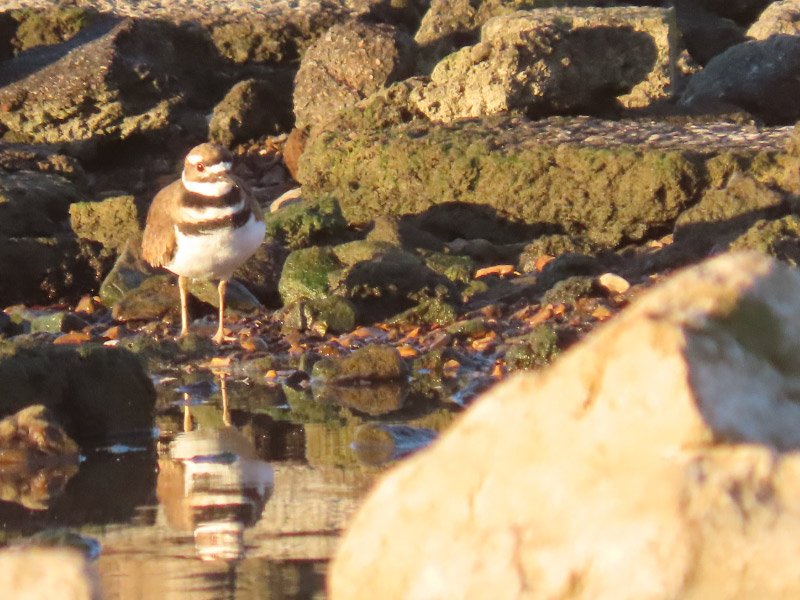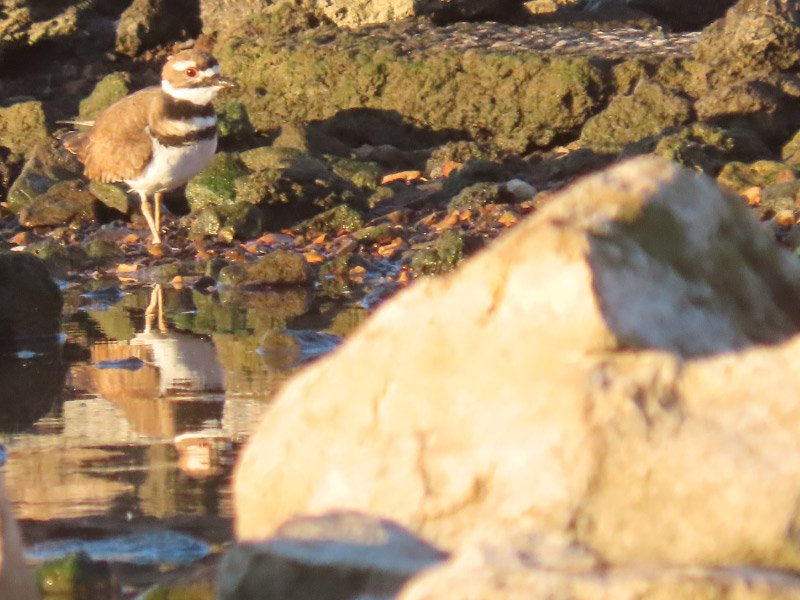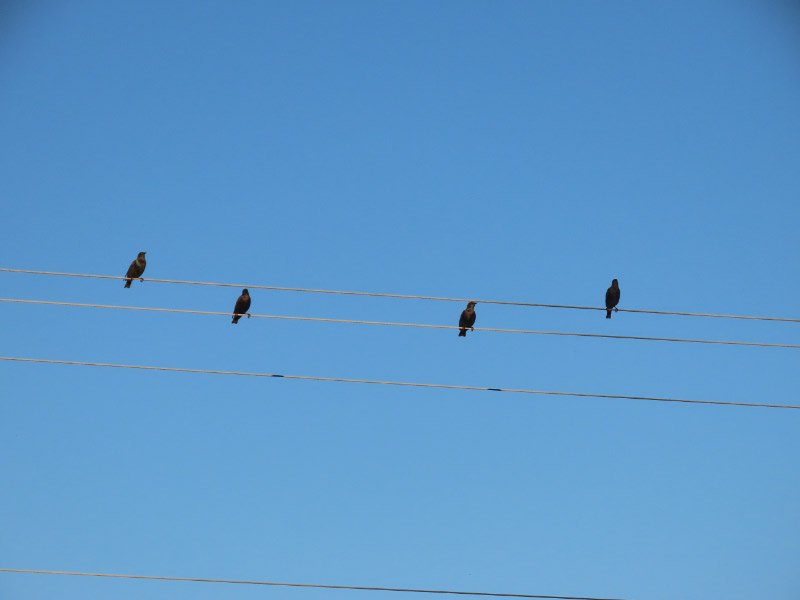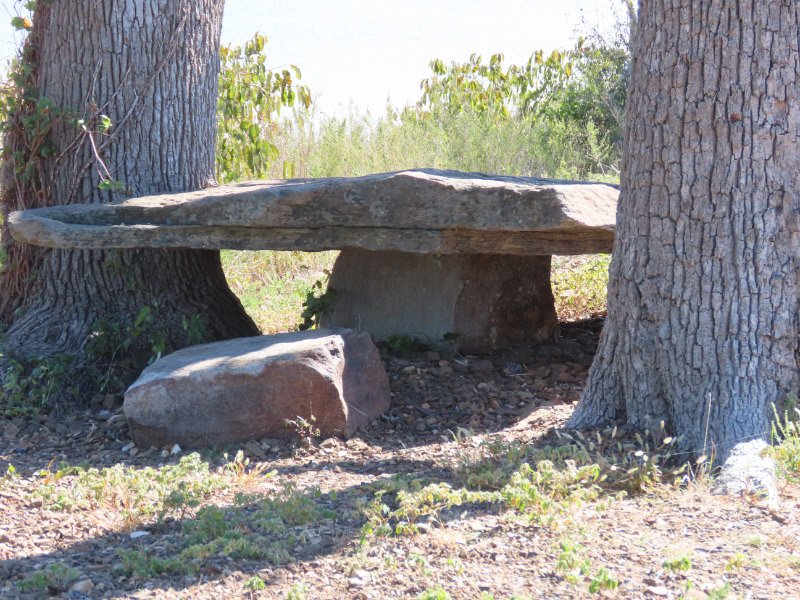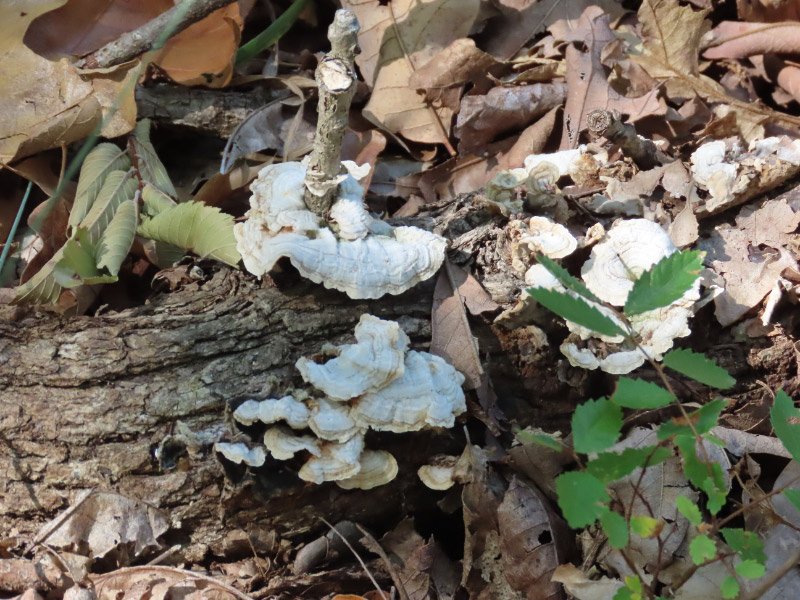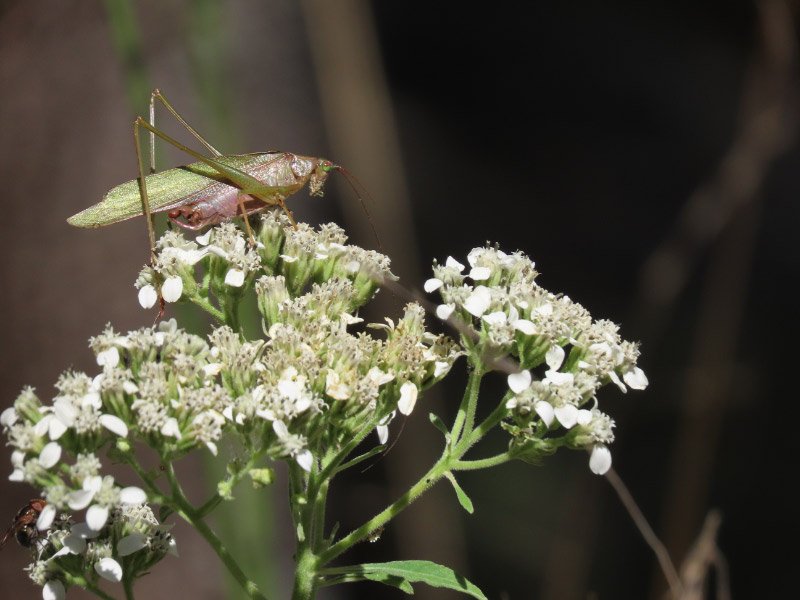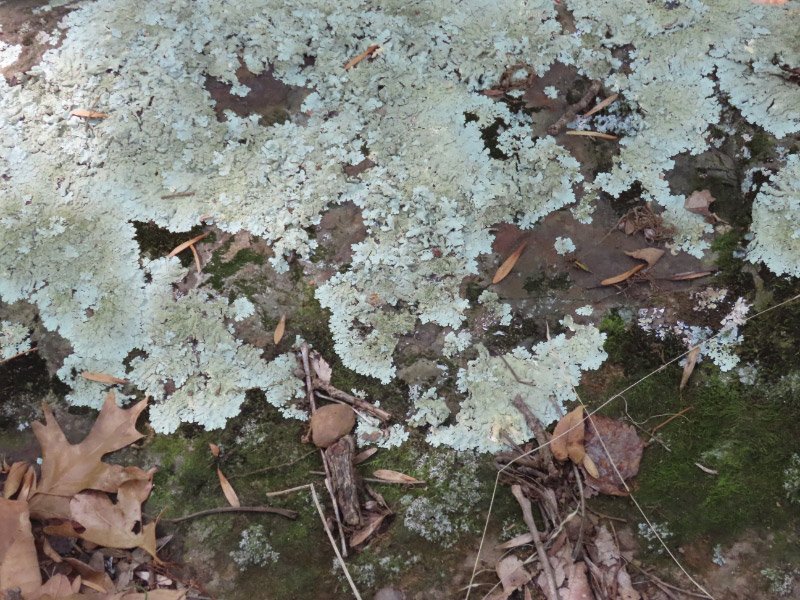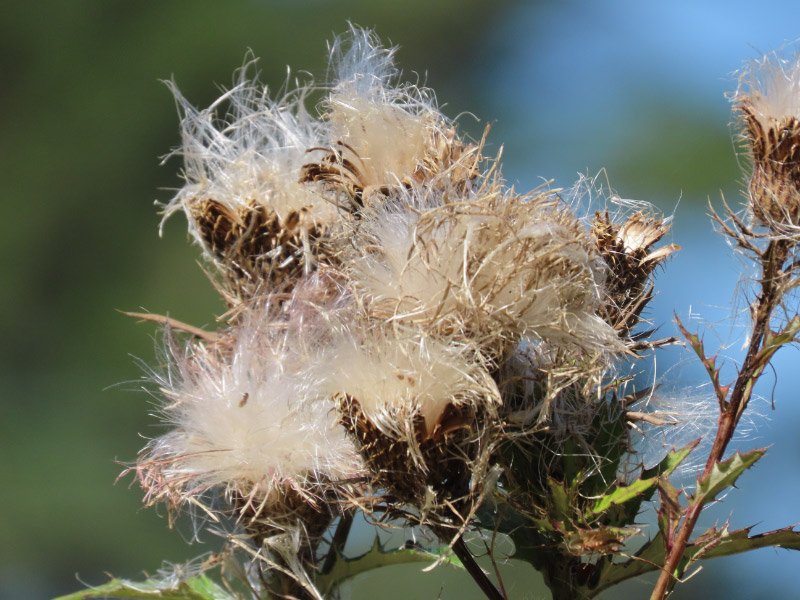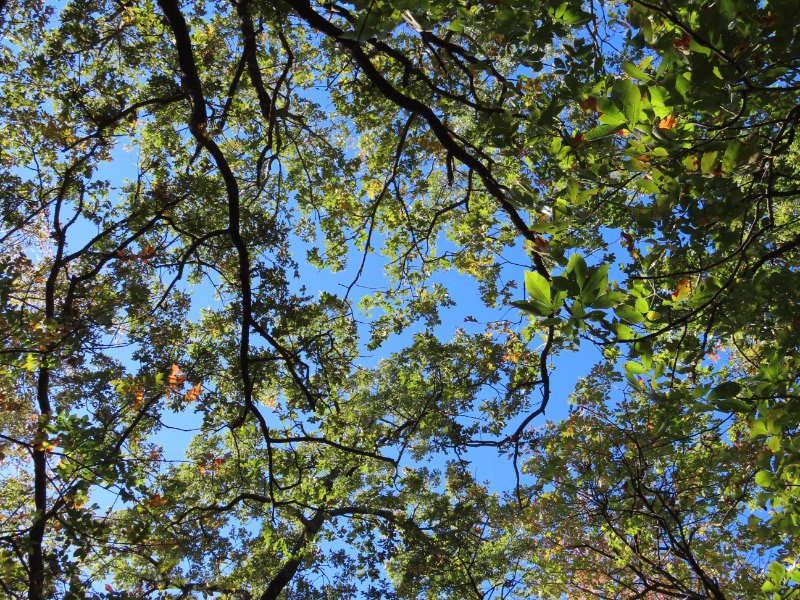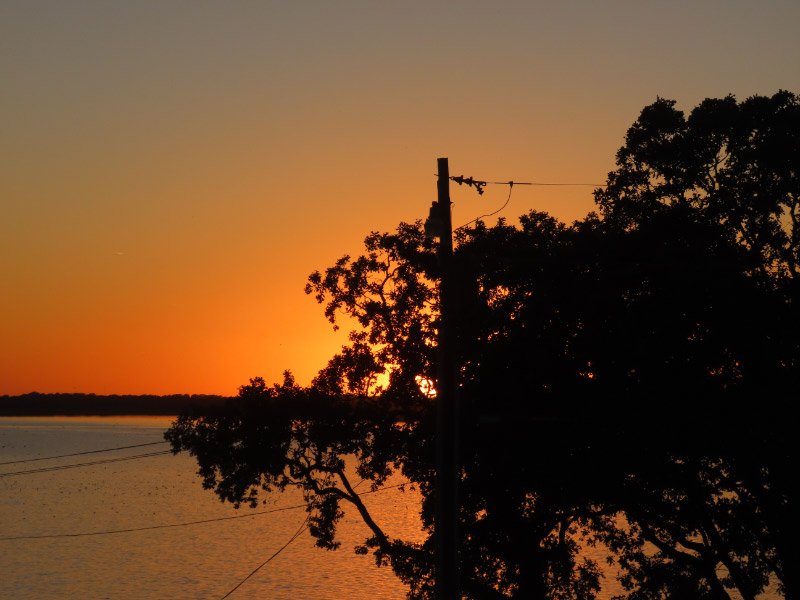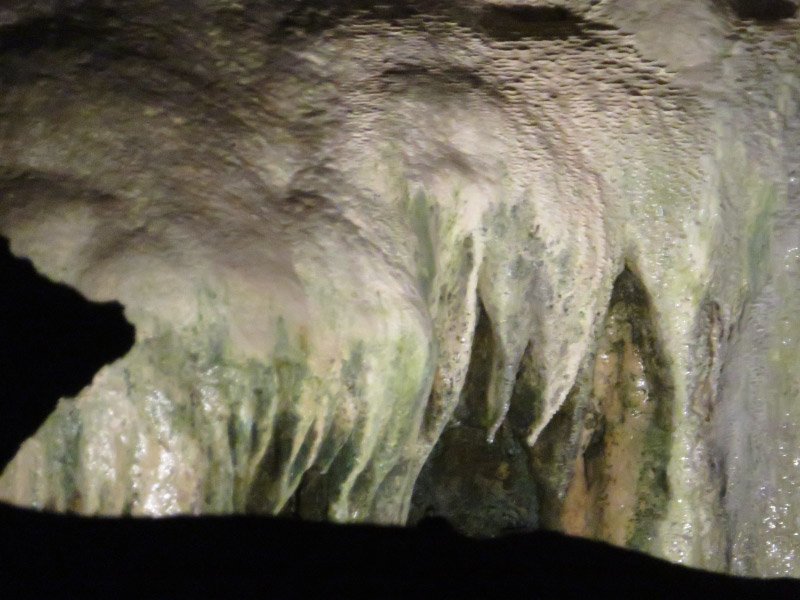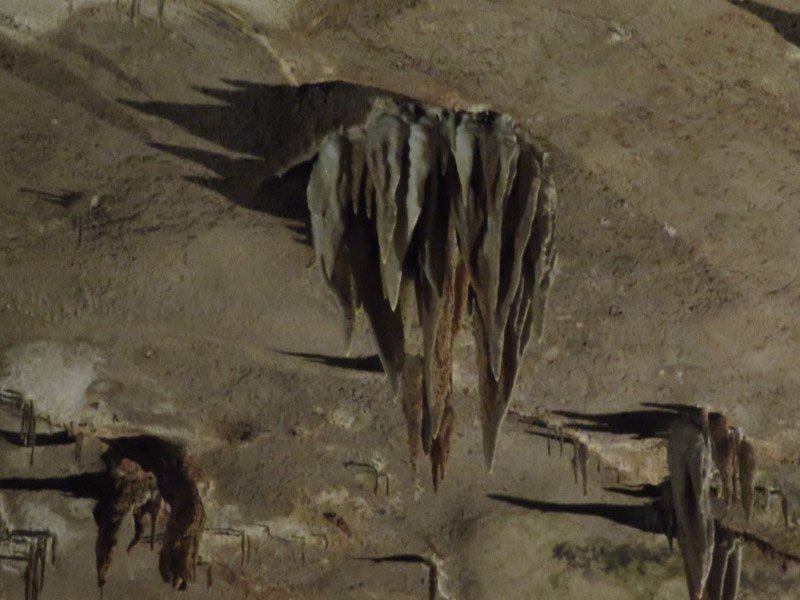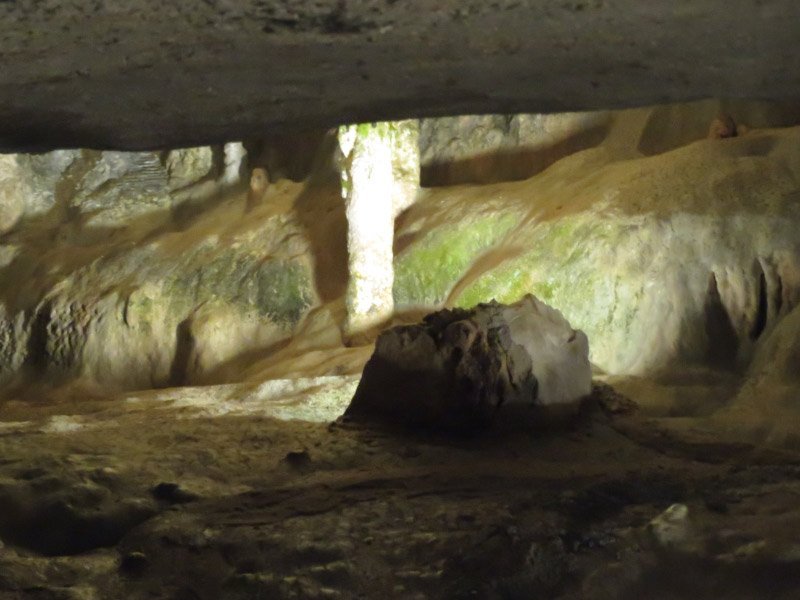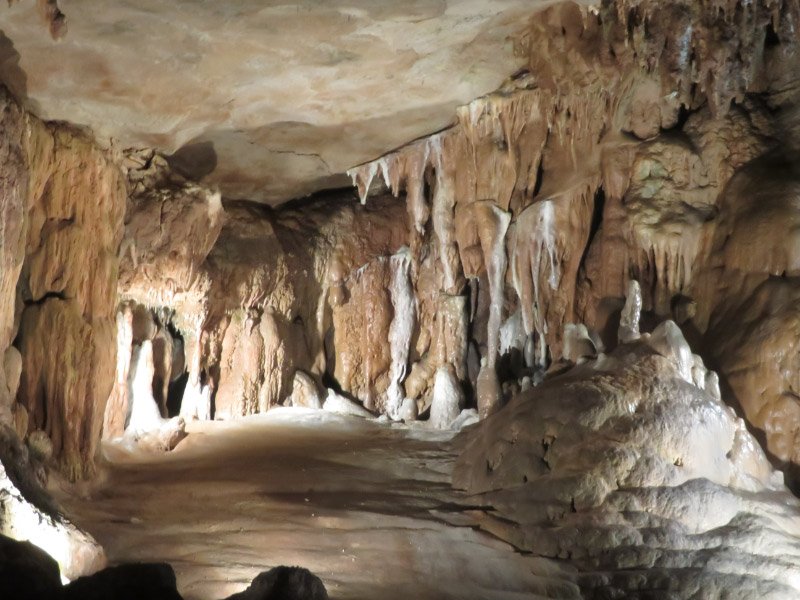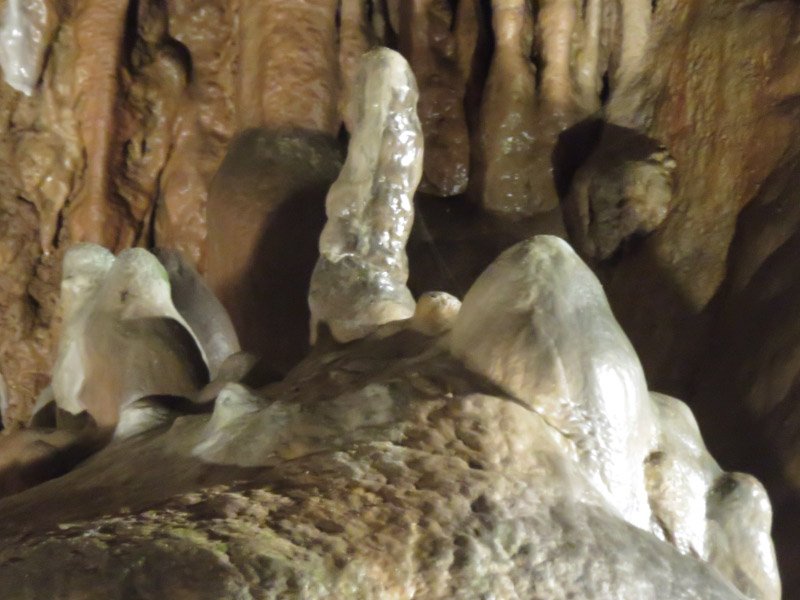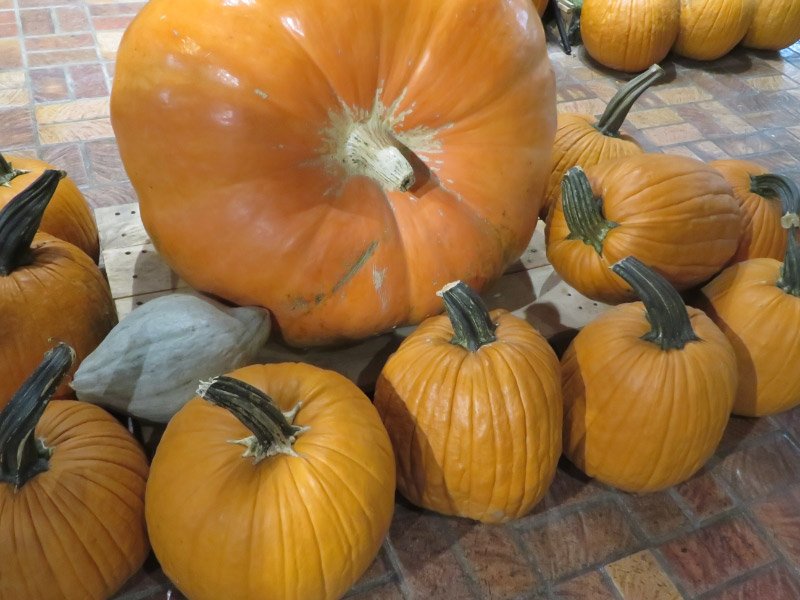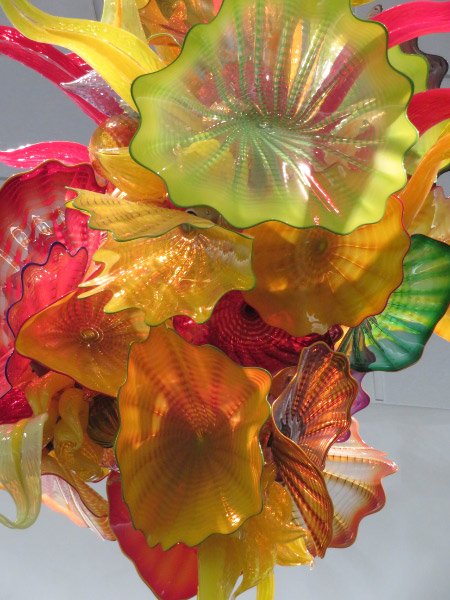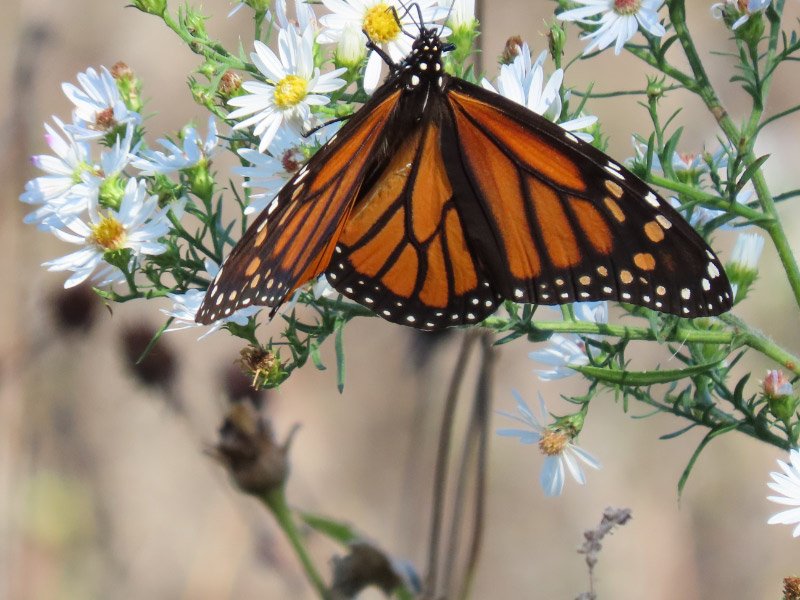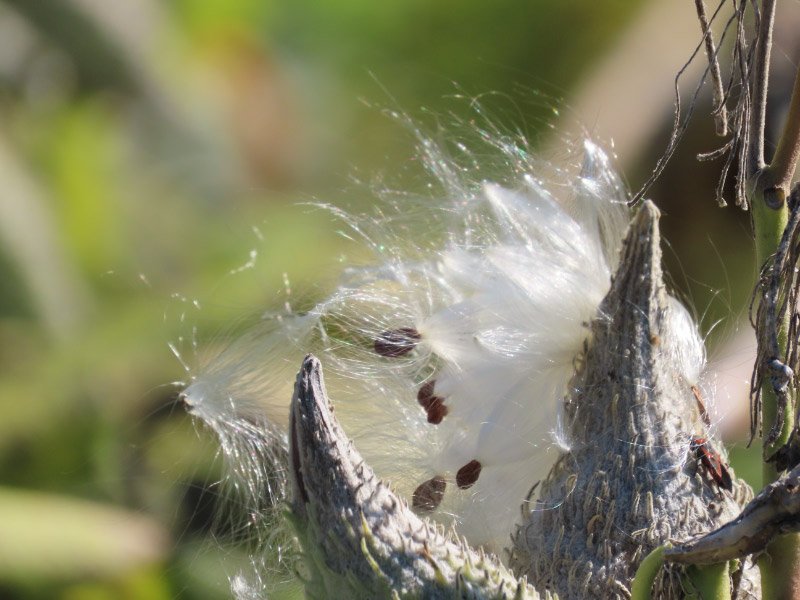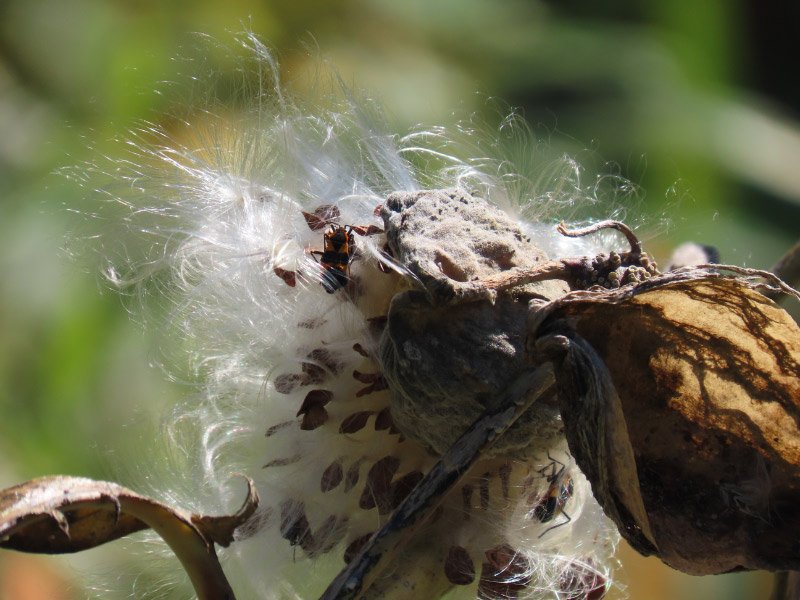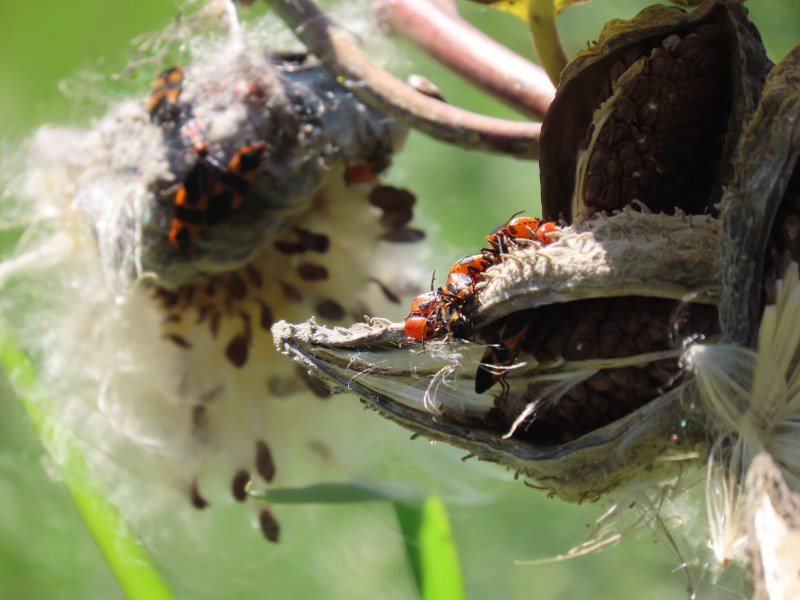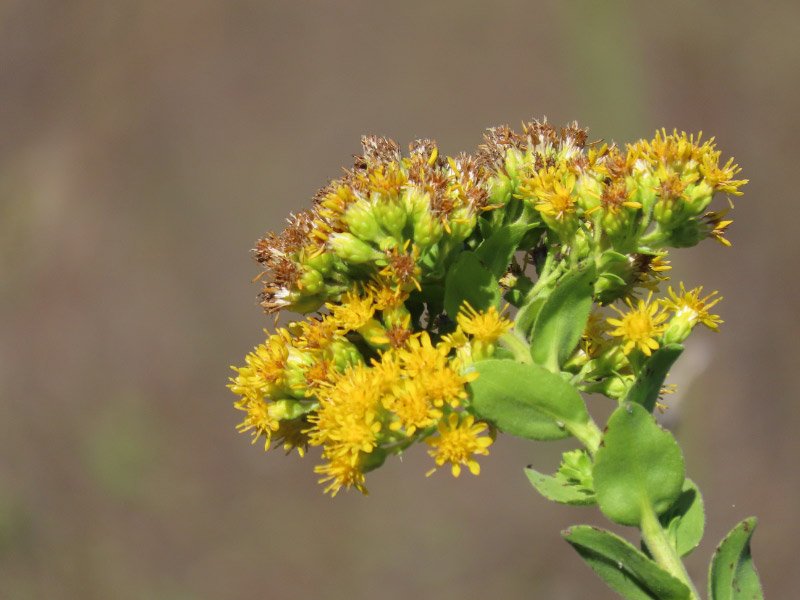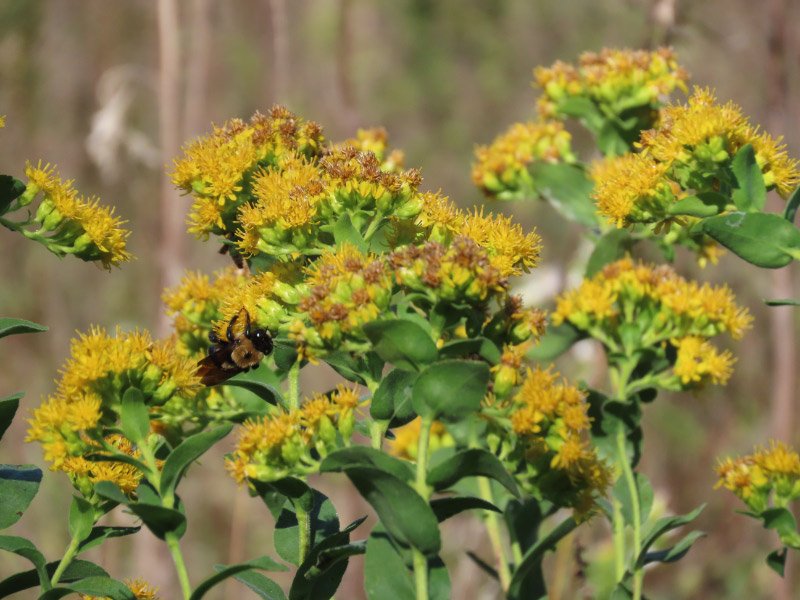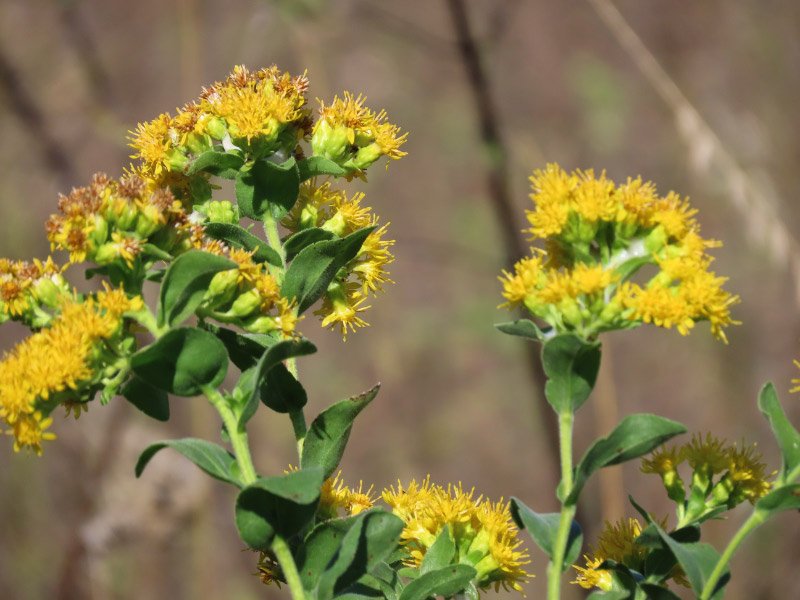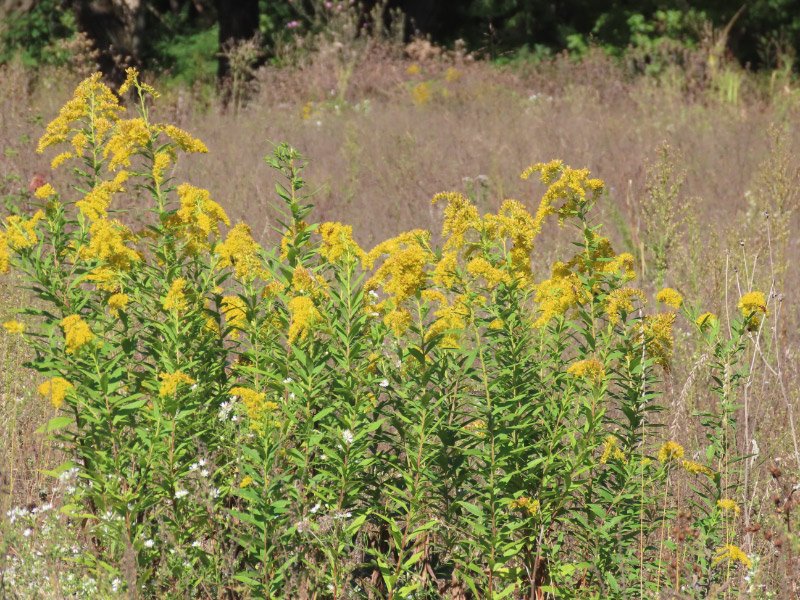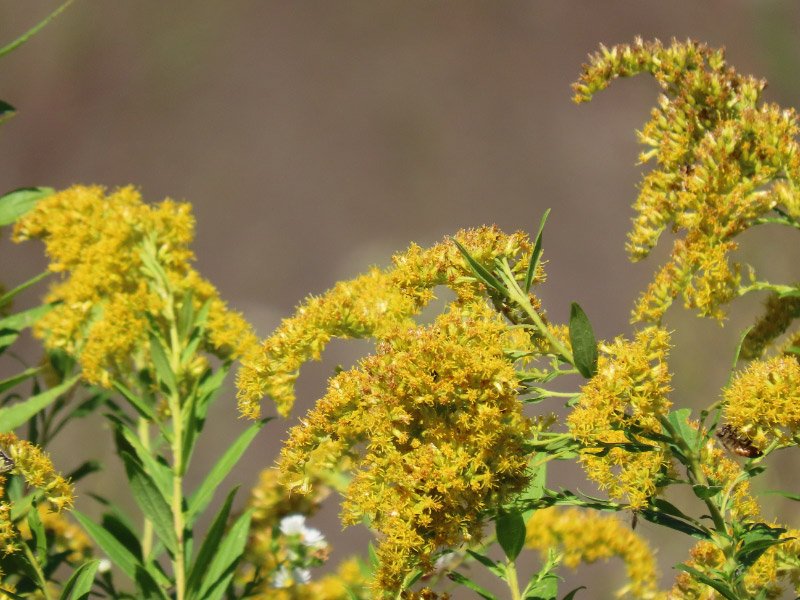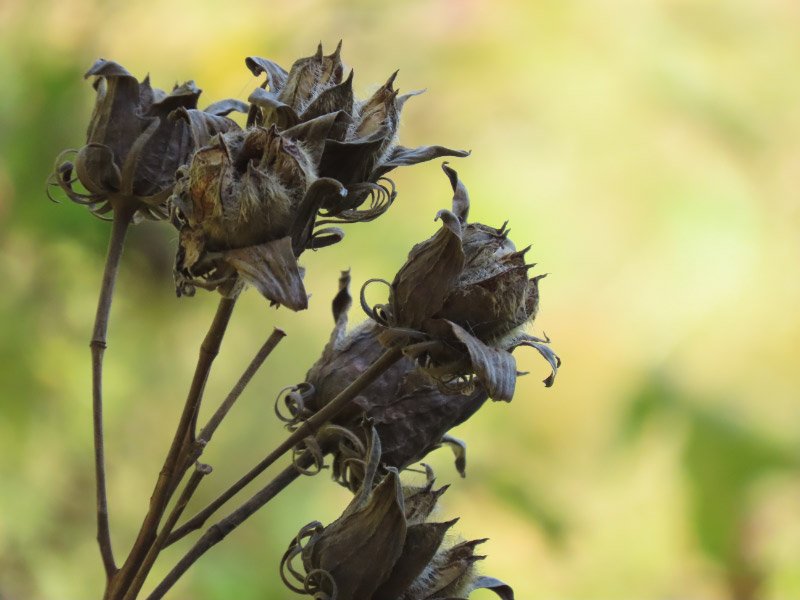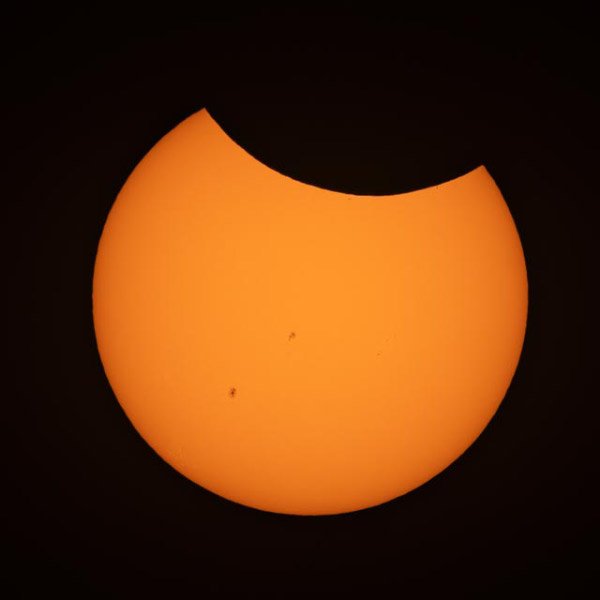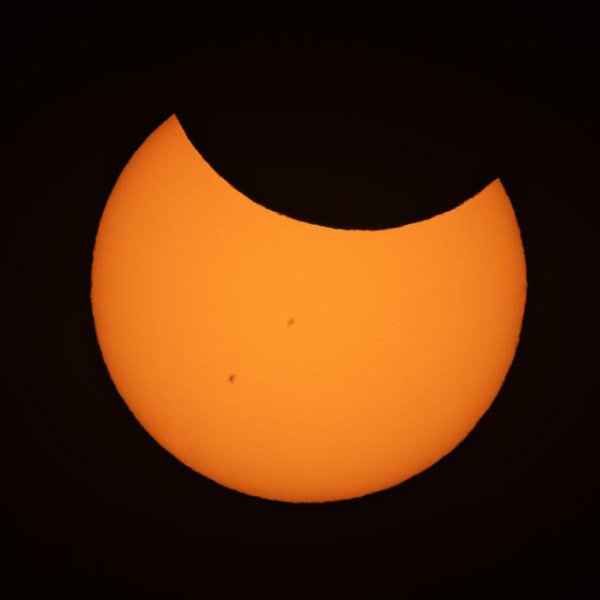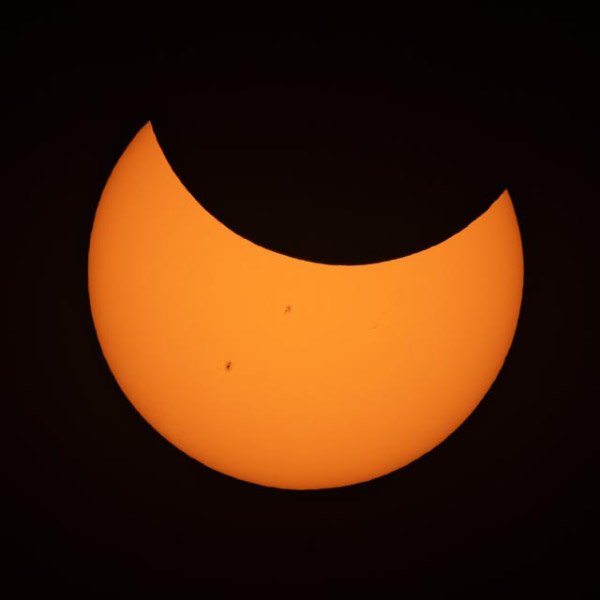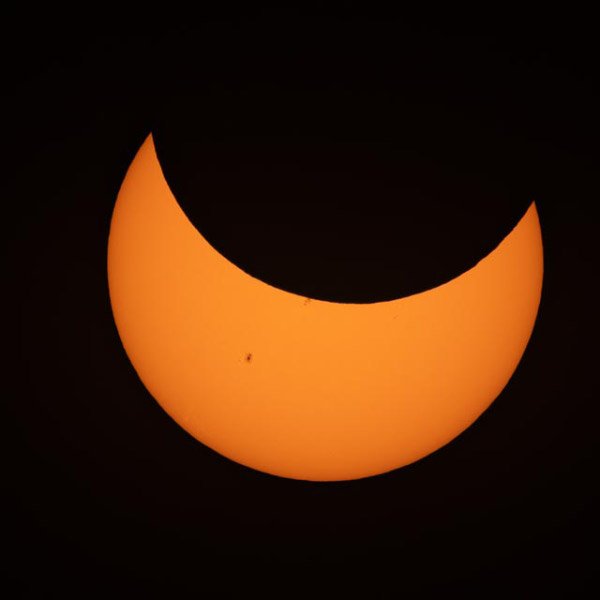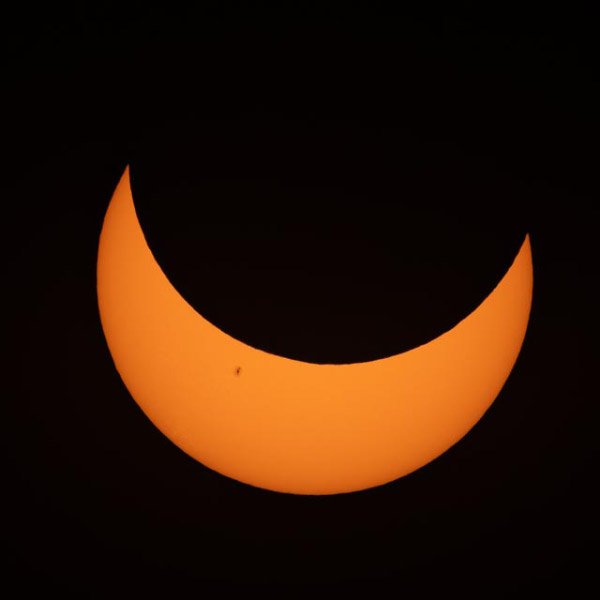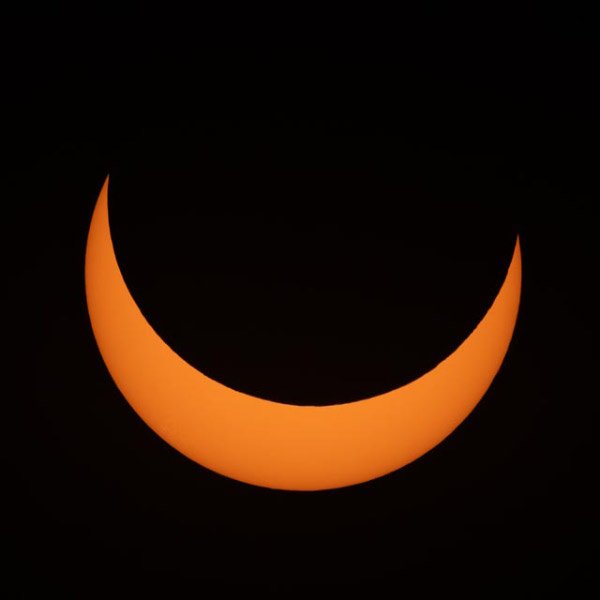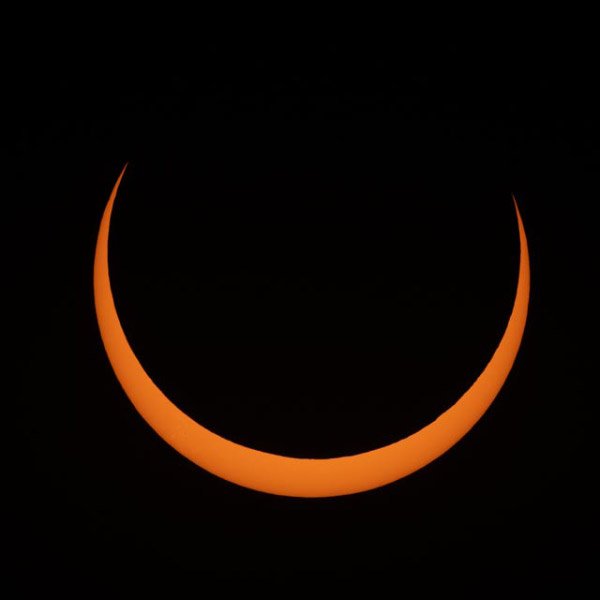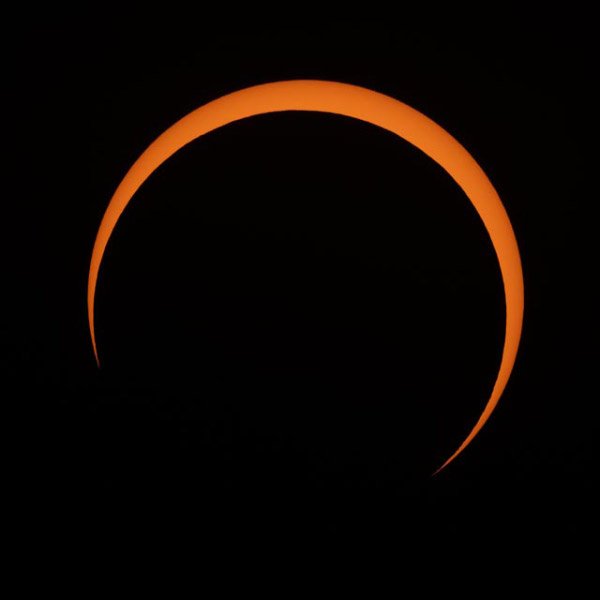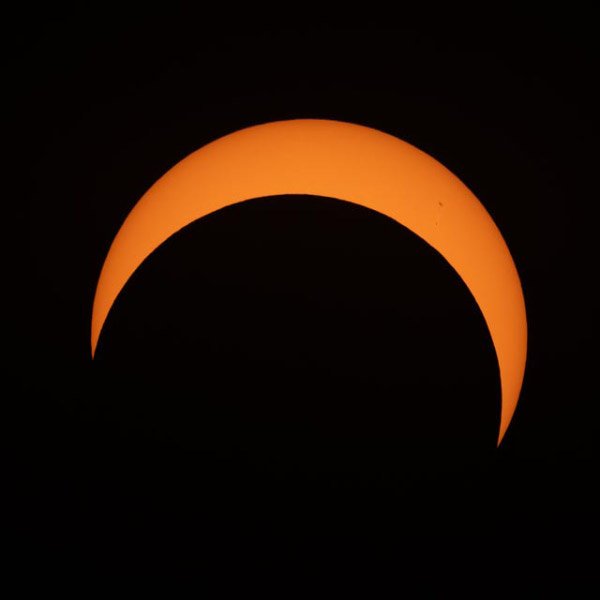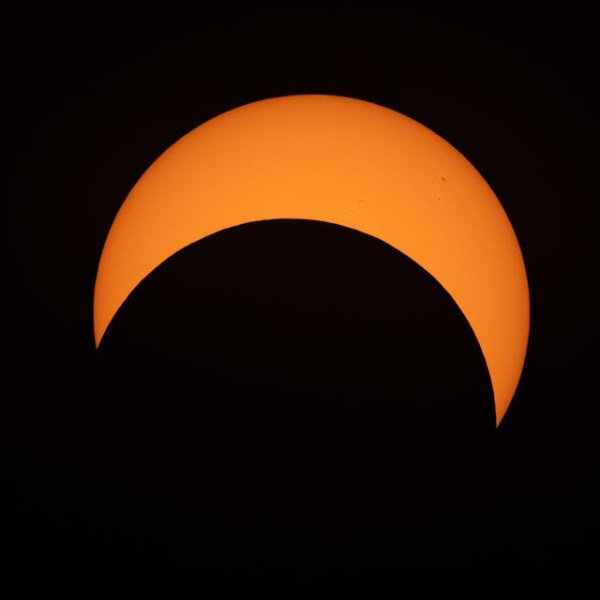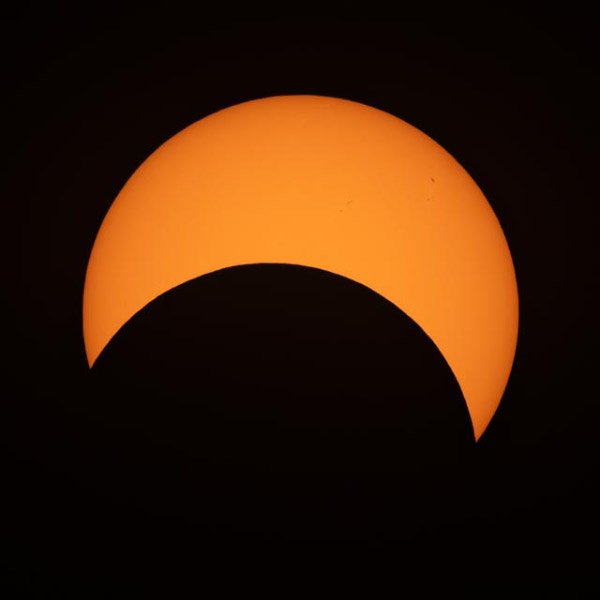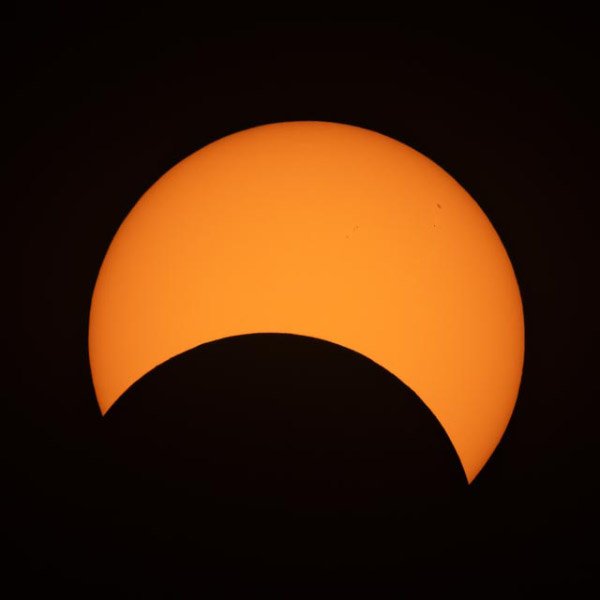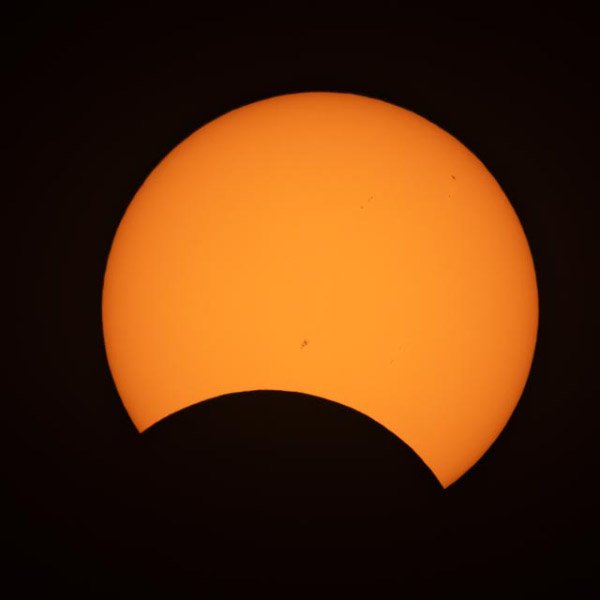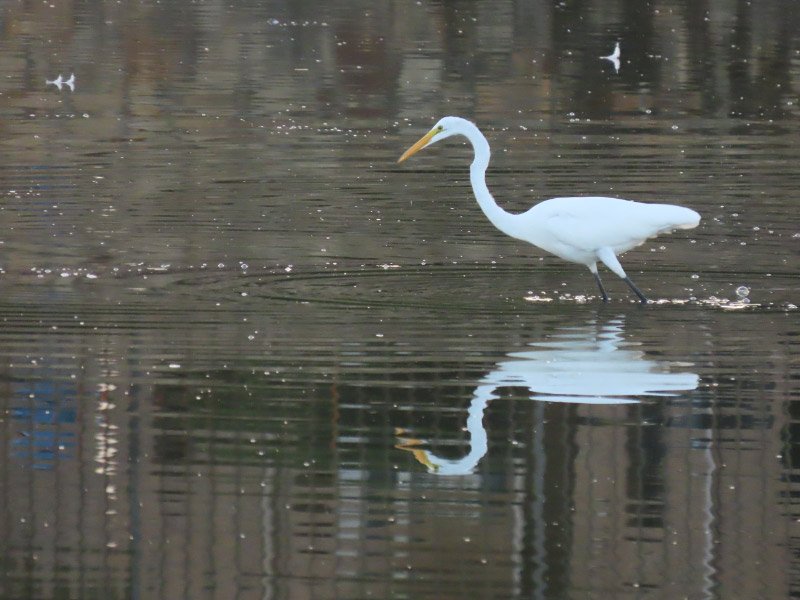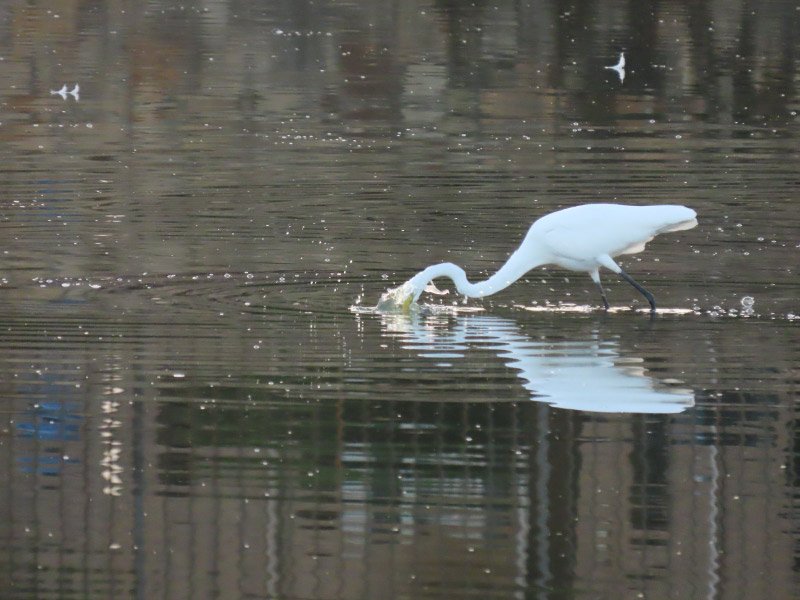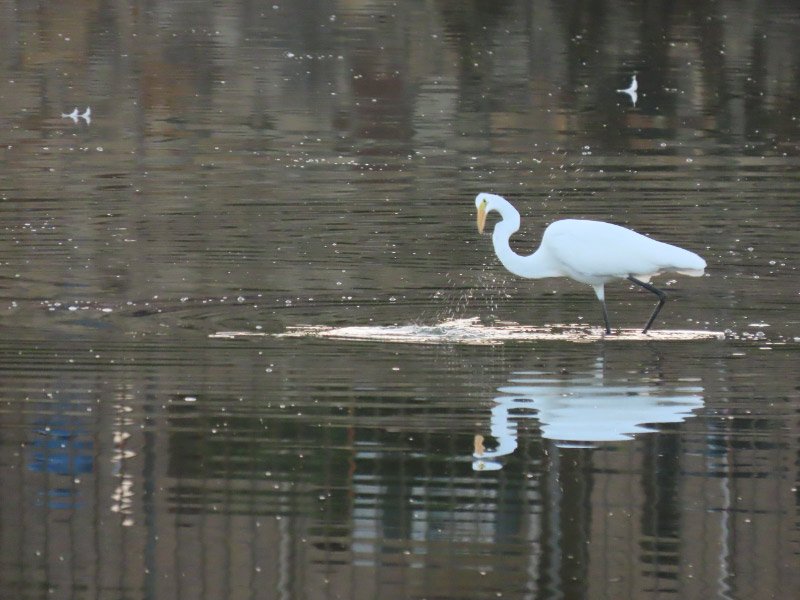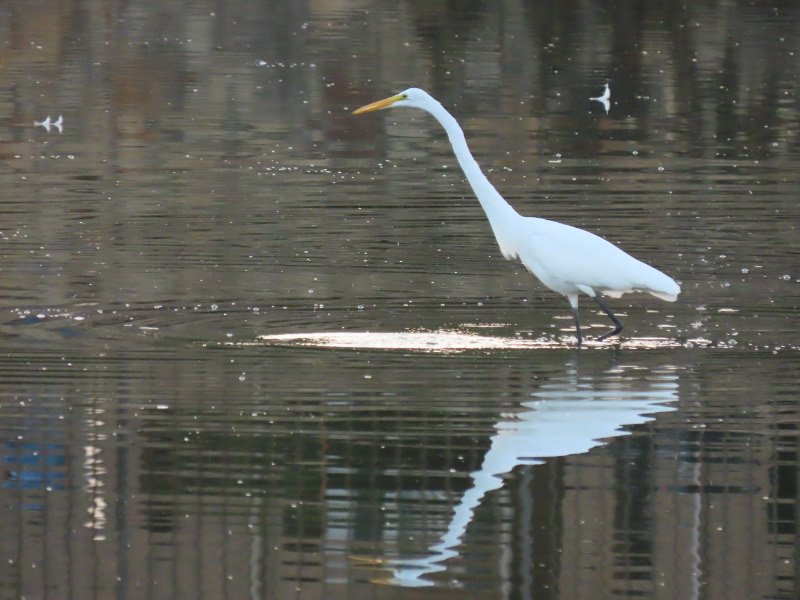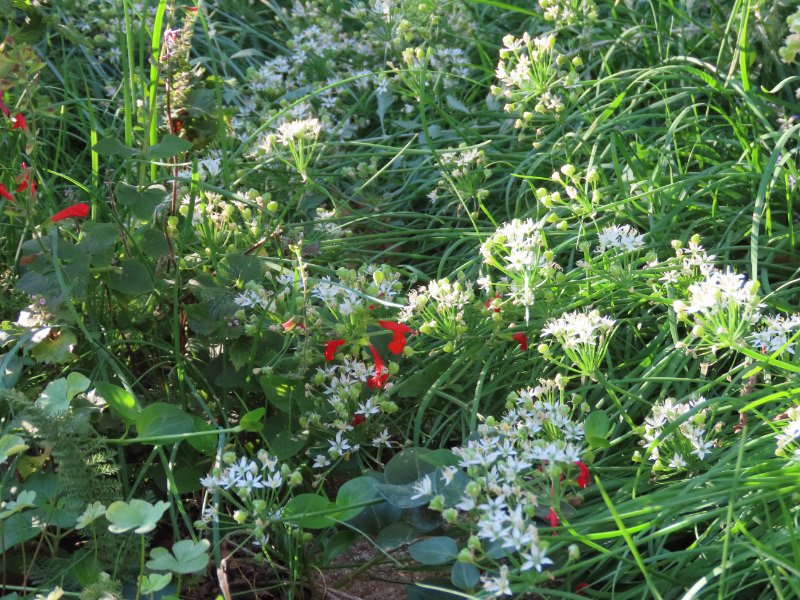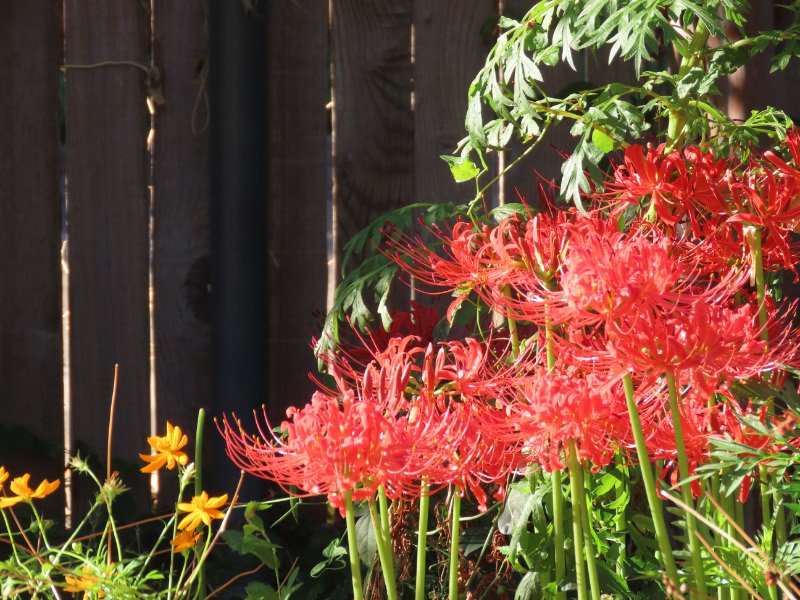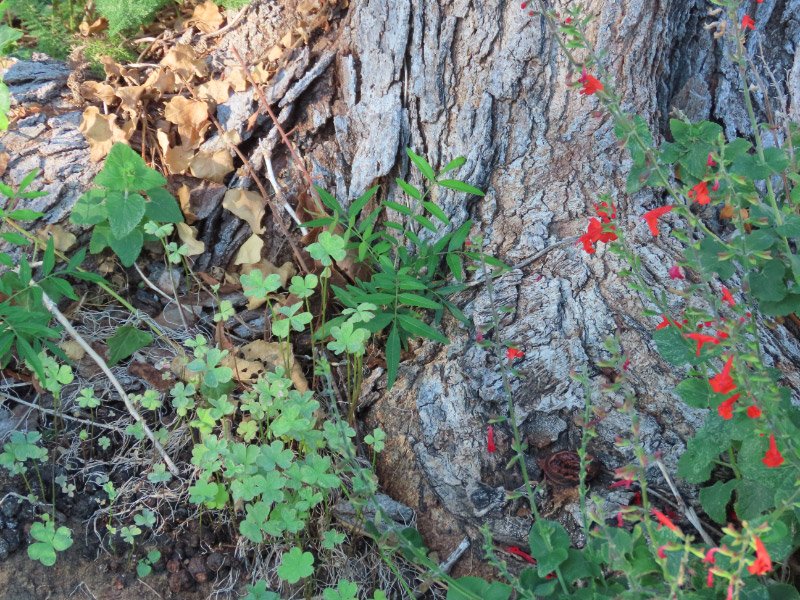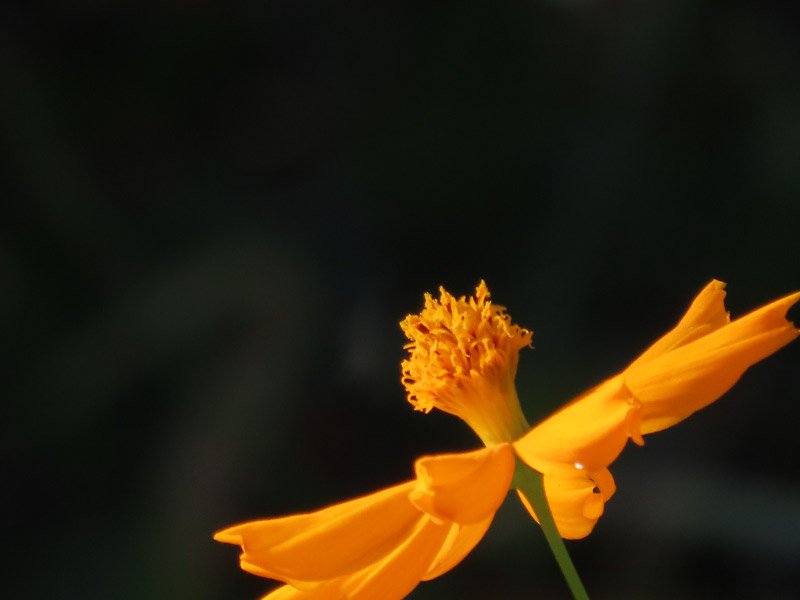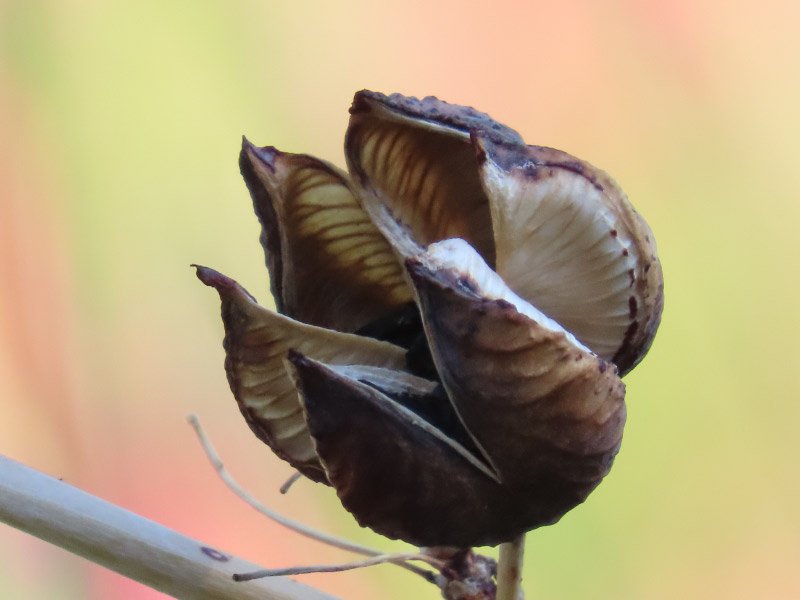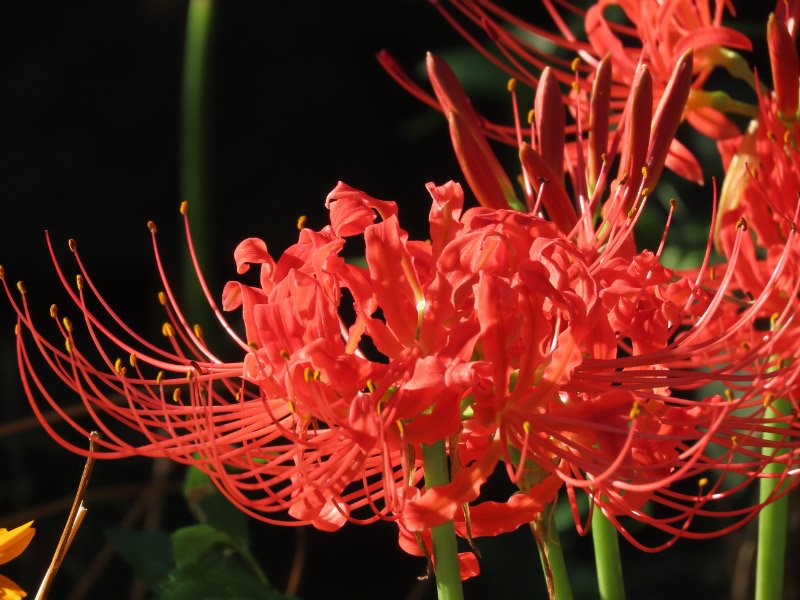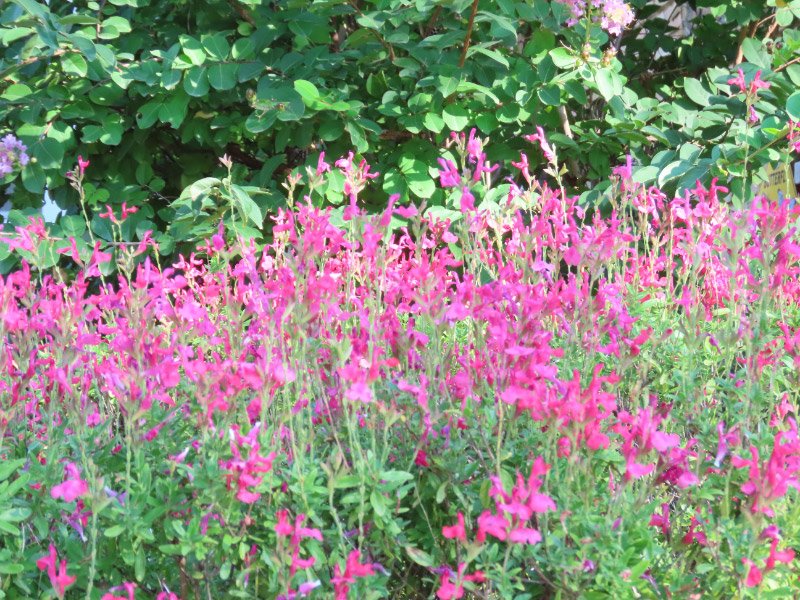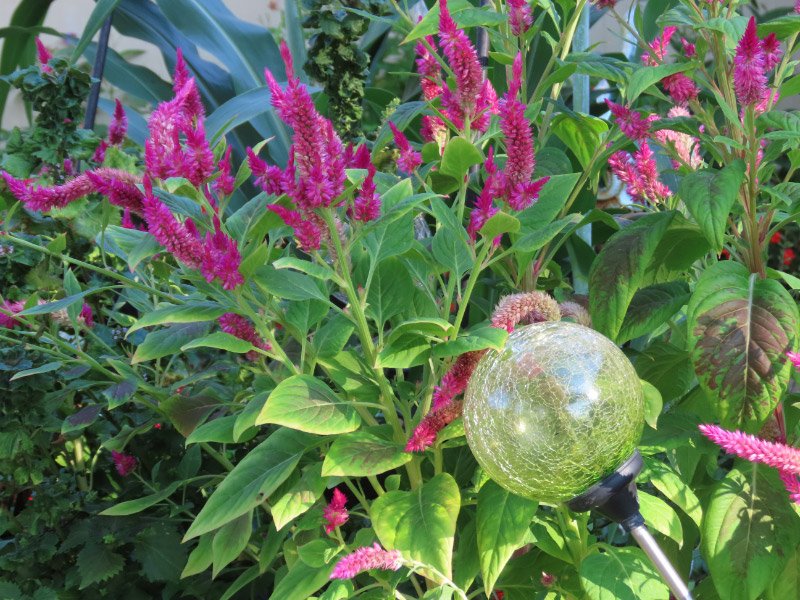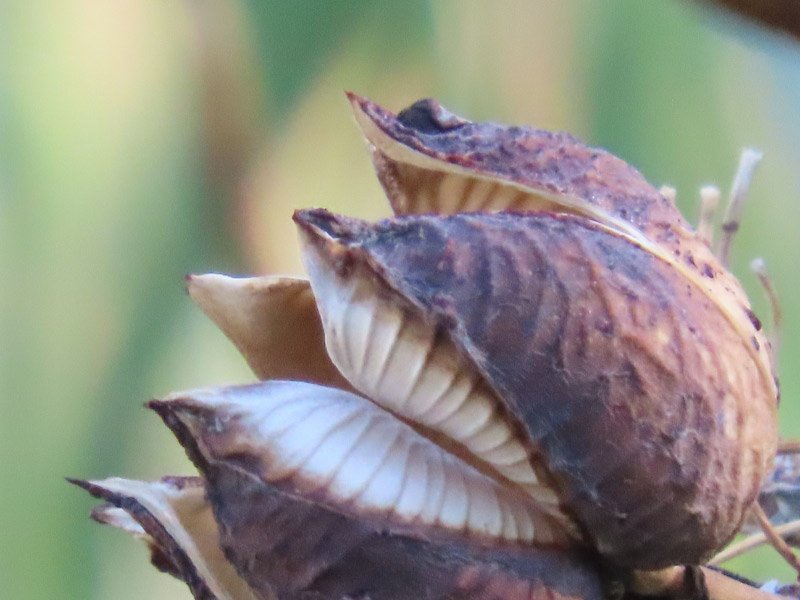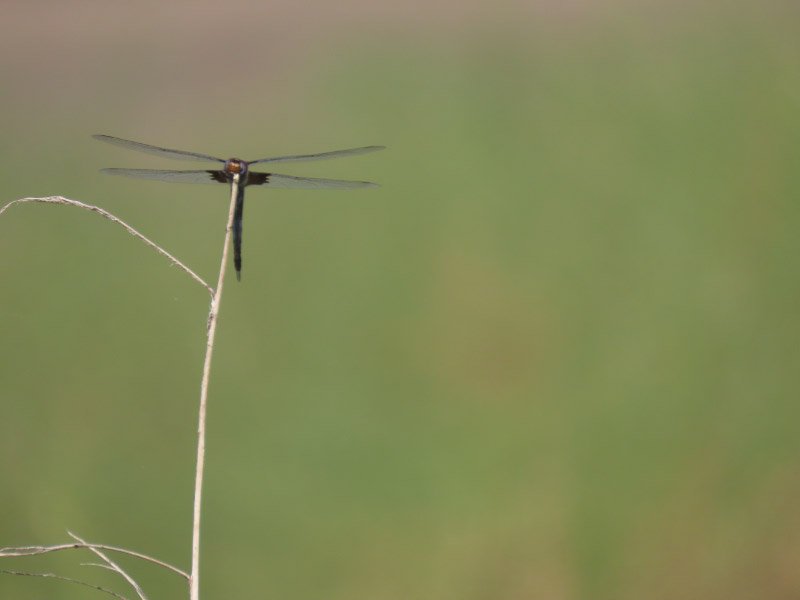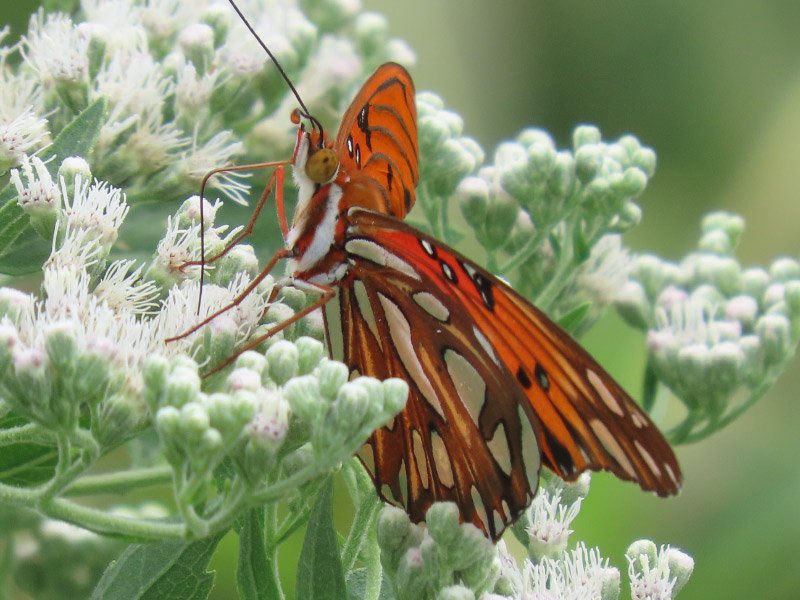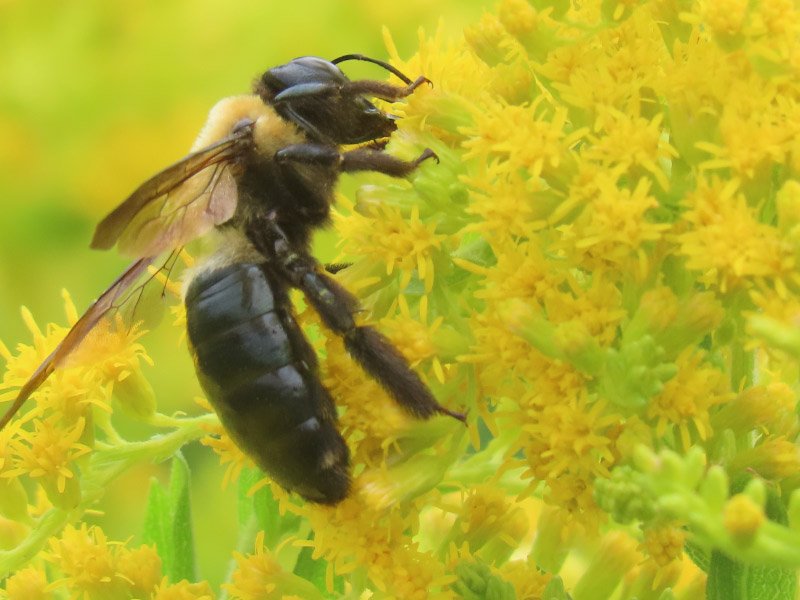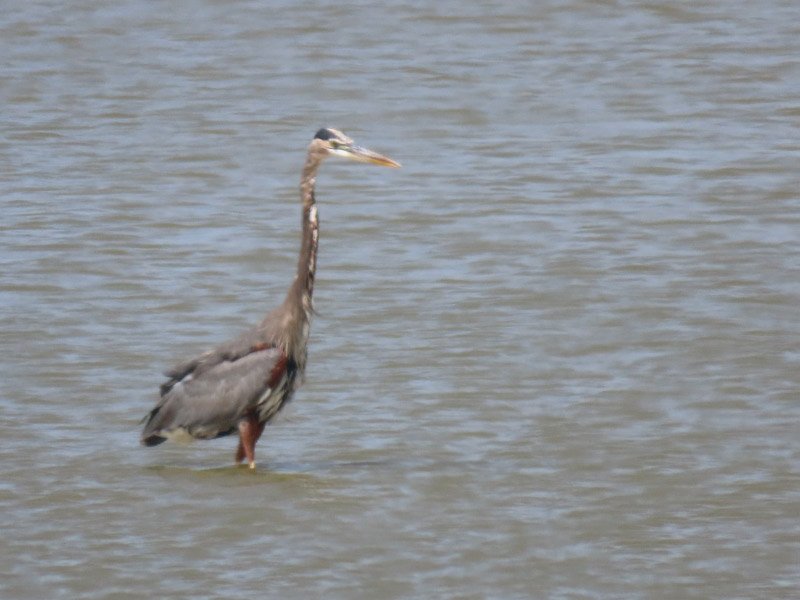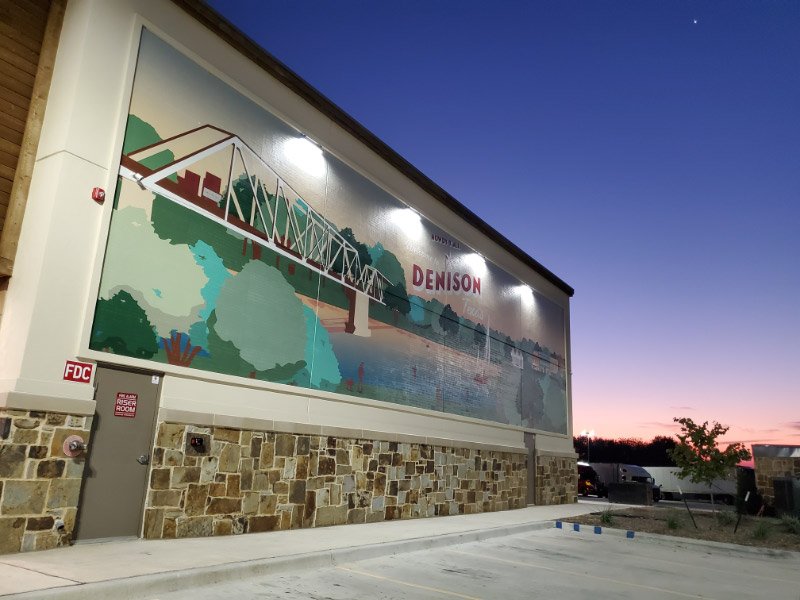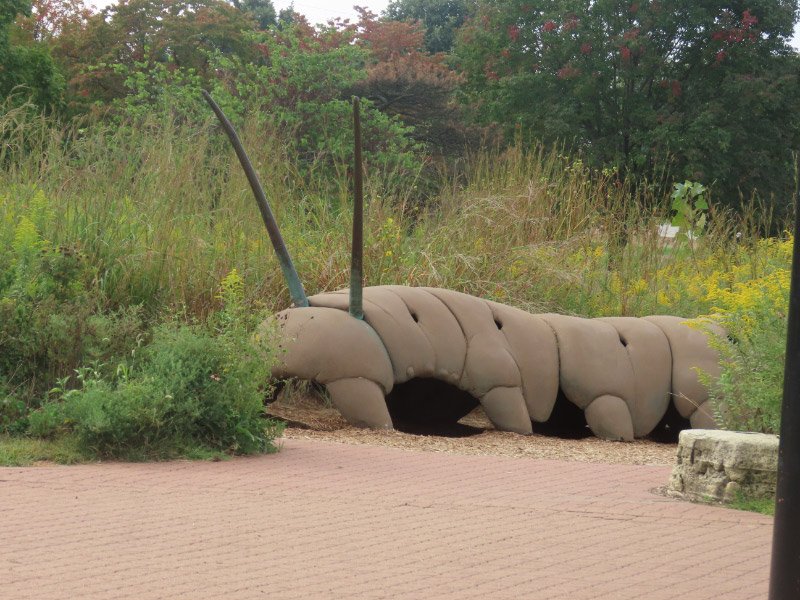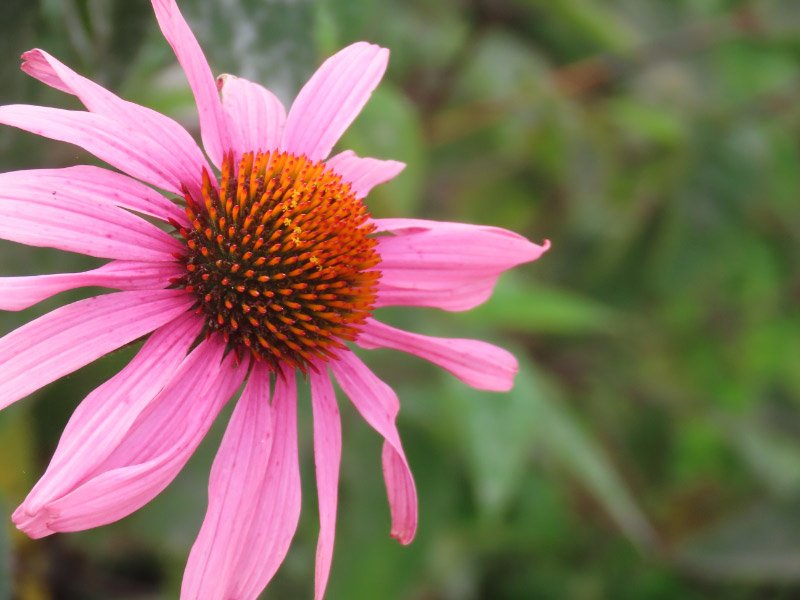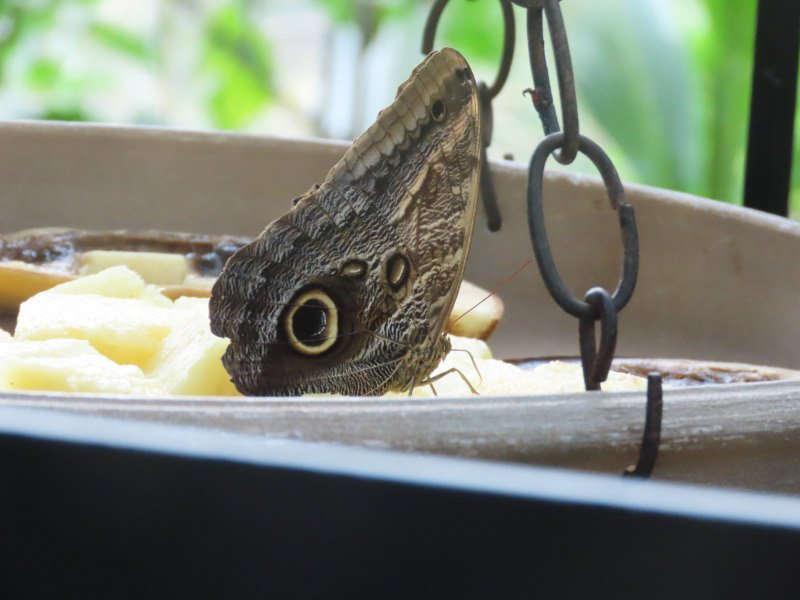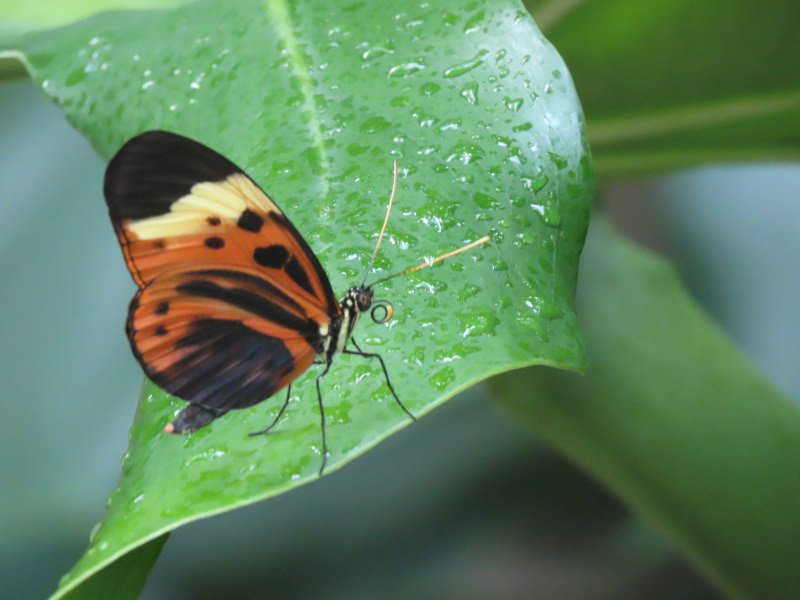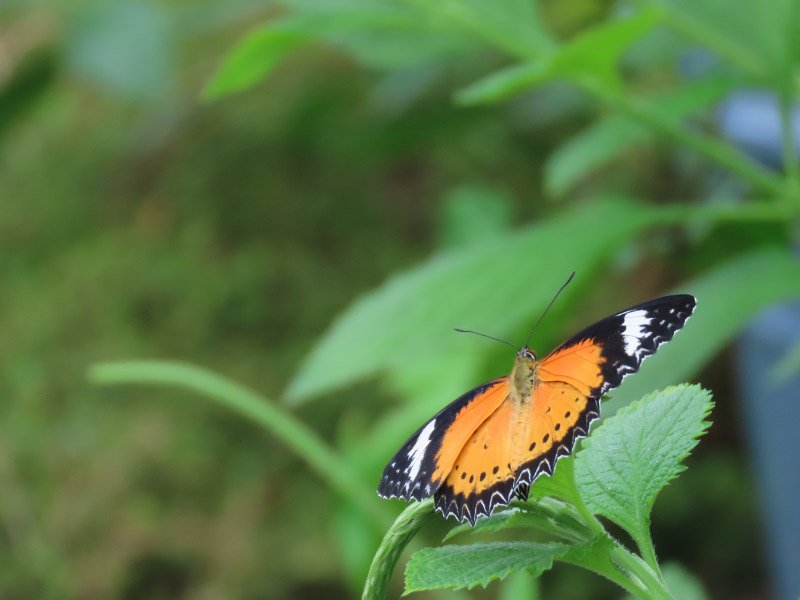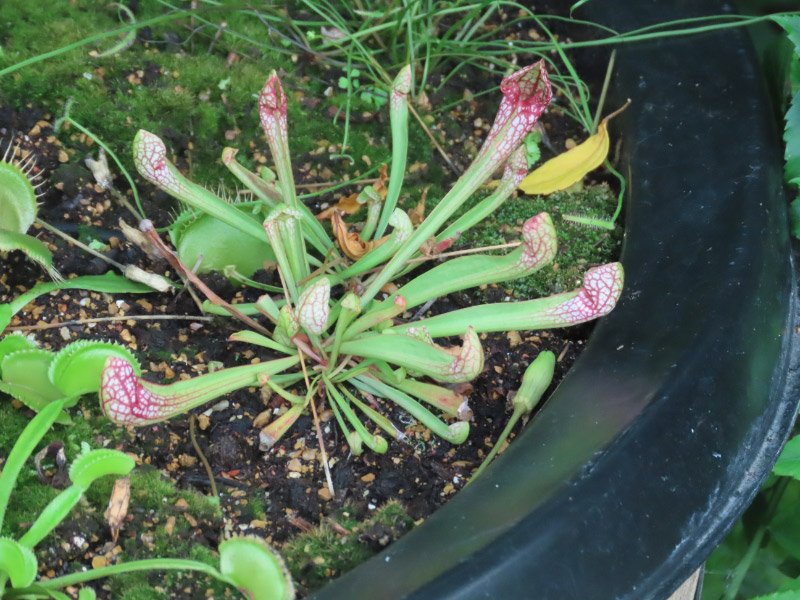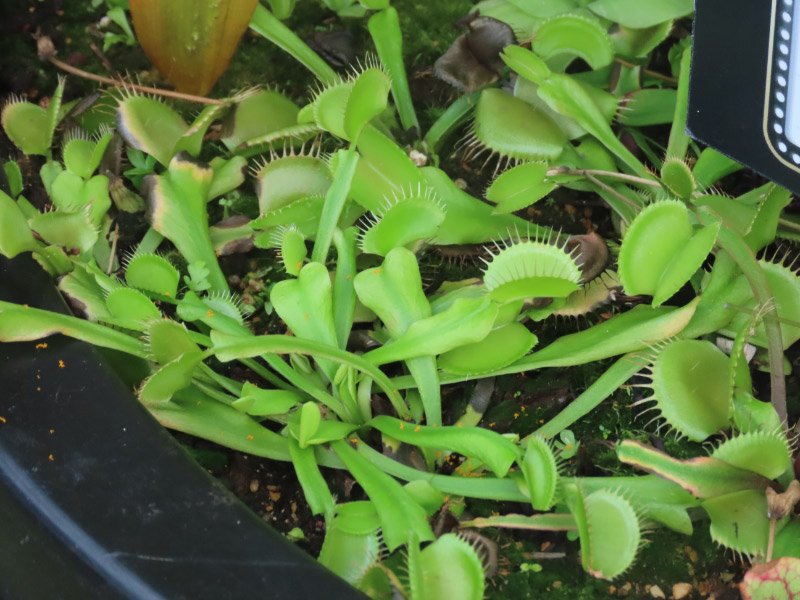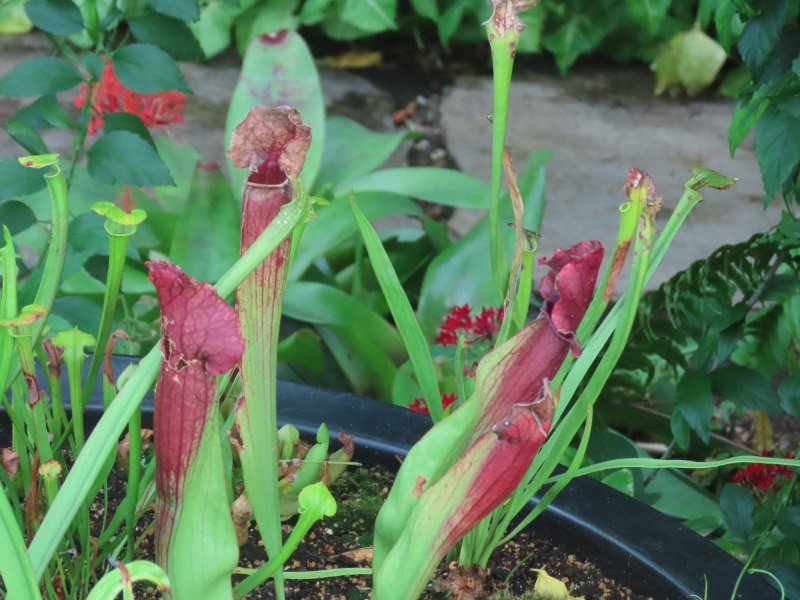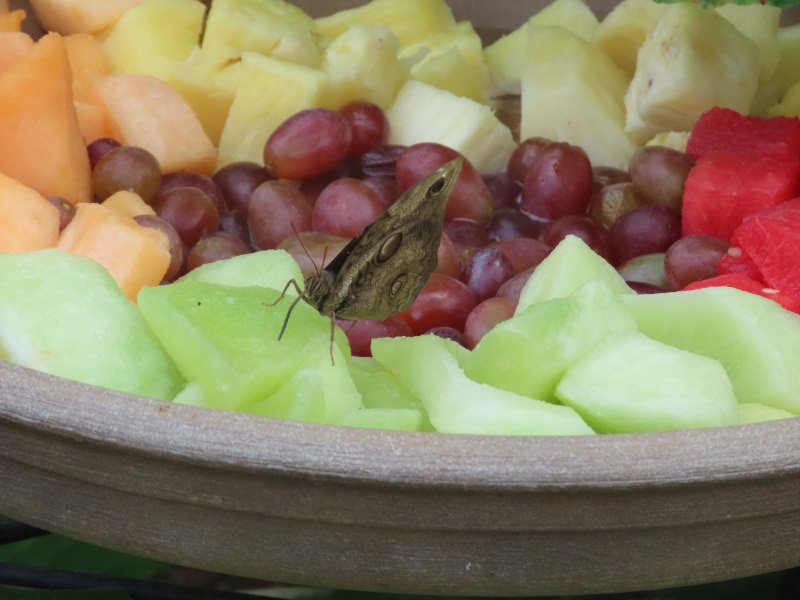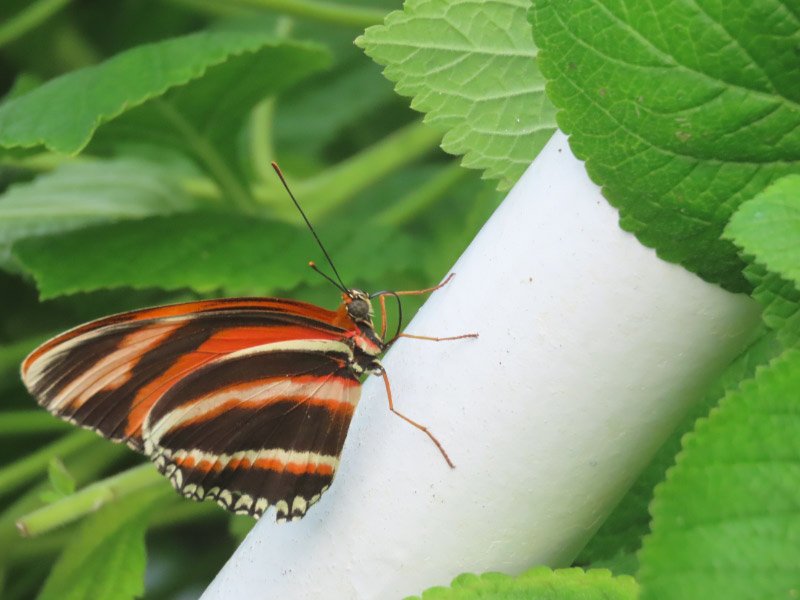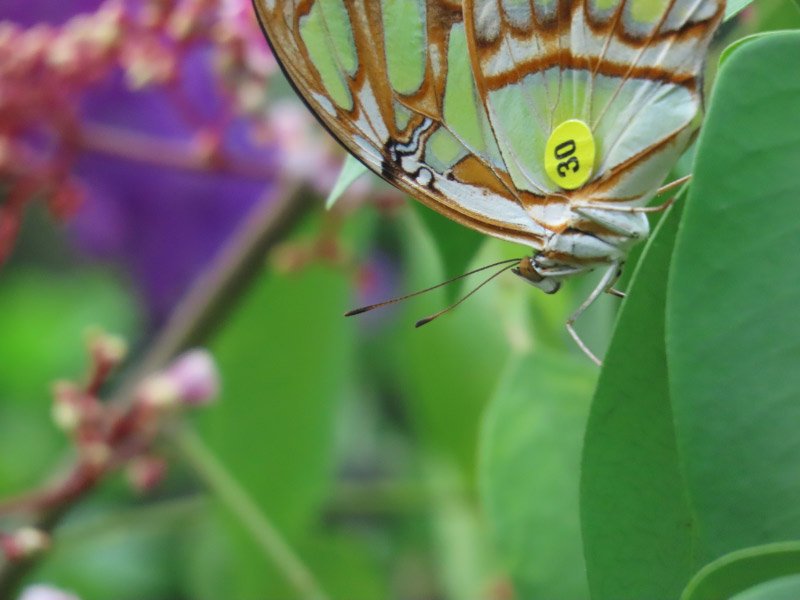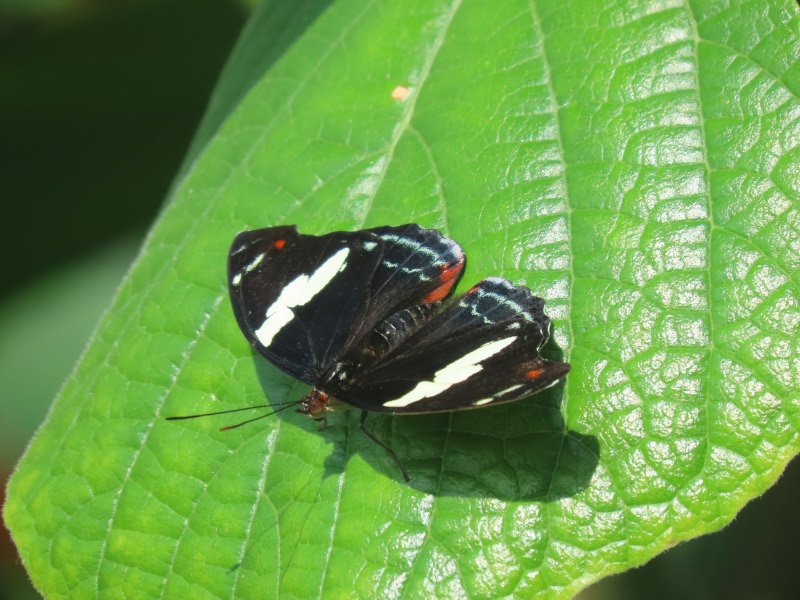The items below were ‘the cream’ of the articles and websites I found this past week. Click on the light green text to look at the article.
Intact Roman-Era Sarcophagus Discovered in France – From the 2nd century AD, sealed with iron clasps, weighs about 1,700 pounds. It hasn’t been opened yet, but x-rays and an endoscope camera have revealed the contents.
Selective removal of aging cells opens new possibilities for treating age-related diseases - Aging cells, known as senescent cells, contribute to various inflammatory conditions and age-related ailments as humans age. The researchers created technology that specifically targets organelles within aging cells to initiate the cell’s self-destruction. There is still a lot of work to be done (and preclinical and clinical trials).
Cloud Rings Around a Volcano Takes Top Prize in ‘Weather Photographer of the Year’ Contest – Capturing dramatic weather moments…
Brainless Jellyfish Are Capable of Learning - Experiments that provide evidence that box jellyfish are capable of associative learning, or the process of linking two unrelated stimuli together.
How maps can protect children from extreme heat - Heat is becoming increasingly dangerous and it's a threat that is not going away. Community heat maps may not solve the long-term problem, but they are a step in the right direction, by providing awareness and empowering vulnerable children and their families.
Stunning 16th-Century Turkish Bath Reopens in Istanbul - Called the Çinili Hamam, the revitalized site won’t offer traditional bathing until 2024. In the meantime, however, it will feature private gardens and contemporary art in the newly discovered Byzantine cisterns that originally fed the baths. Nearby, a new accompanying museum will display objects associated with traditional bathing rituals—including towels, bowls and ornately decorated wooden shoes—and explain the baths’ original water and heating systems. It will also showcase artifacts from the Byzantine, Roman and Ottoman periods uncovered during the restoration.
The Resiliency of Urban Wildlife - Four distinct sets of traits that help urban wildlife adapt and survive in environments that seem hostile to animals: diet, body size, mobility, and reproductive strategy. Important to know since if you look at the traits animals are adopting to survive in urban environments, you can see how cities could be modified to become more habitable to a wider variety of species.
See the Trove of Ancient Treasures, including a Shrine to Aphrodite, Just Discovered in an Underwater City Off the Coast of Egypt - Thonis-Heracleion was Egypt’s biggest port for centuries, before being surpassed by Alexandria. The city was eventually lost thanks to a combination of rising sea levels, earthquakes, and tsunamis, disappearing beneath the waves along with a large section of the Nile delta. It was largely forgotten for centuries, until 21st-century archaeologists began investigating.
New Patch Inspired by Octopus Suckers Could Deliver Drugs Without Needles - A tiny, drug-filled cup that sticks to the inside of the cheek like an octopus sucker. The device is easily accessible, can be removed at any time and prevents saliva from dissolving the drug, which gets absorbed through the lining of the inner cheek.
Buried ancient Roman glass formed substance with modern applications - Photonic crystals were created by corrosion and crystallization over centuries. If we could significantly accelerate the process in the laboratory, we might find a way to grow optical materials (i.e. materials for communications, lasers, solar cells) rather than manufacture them.

